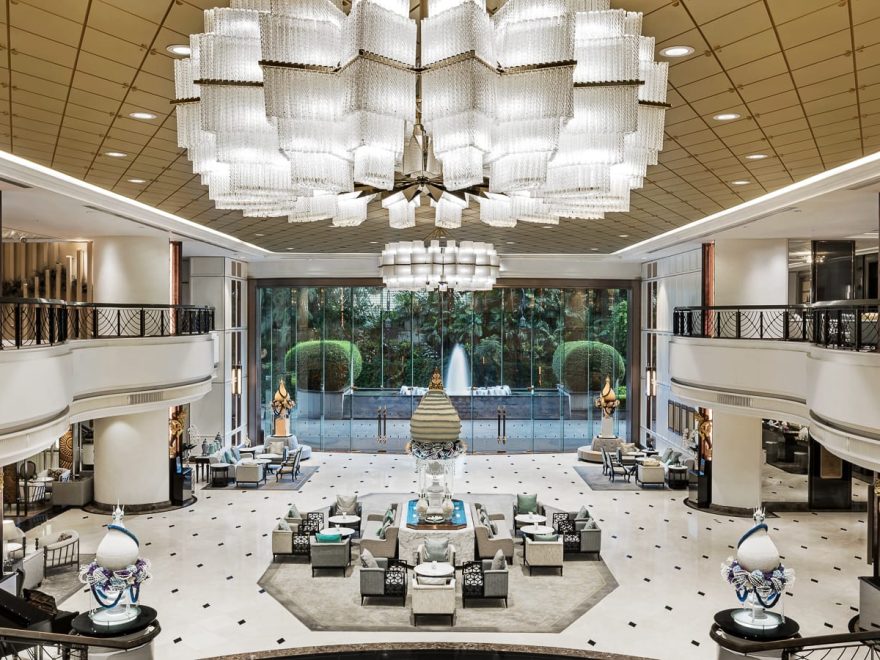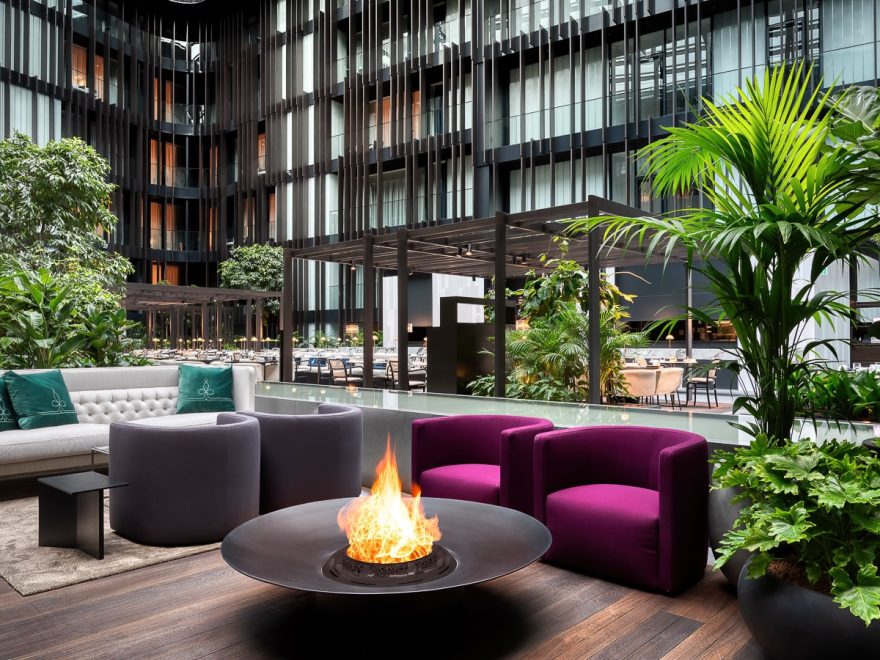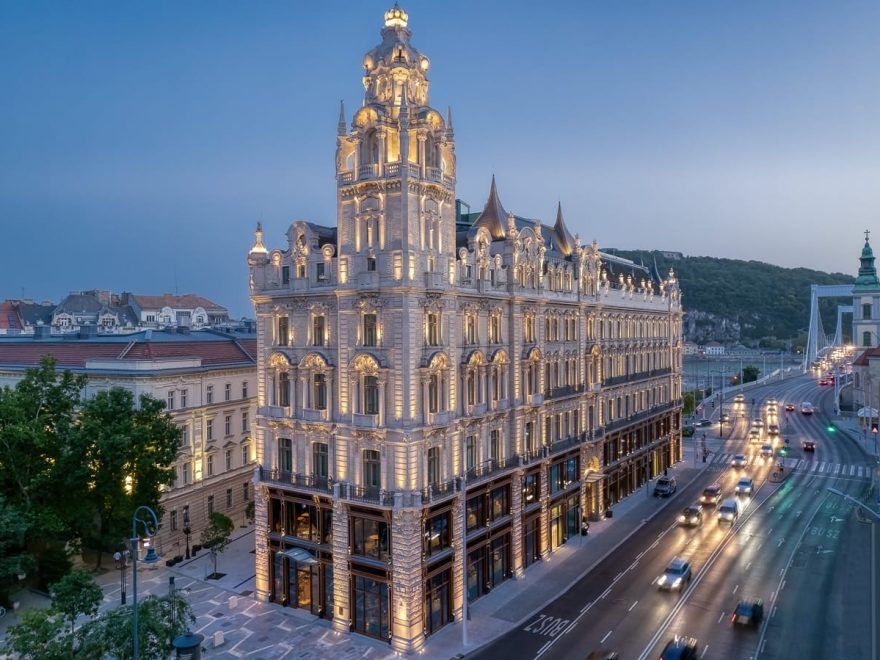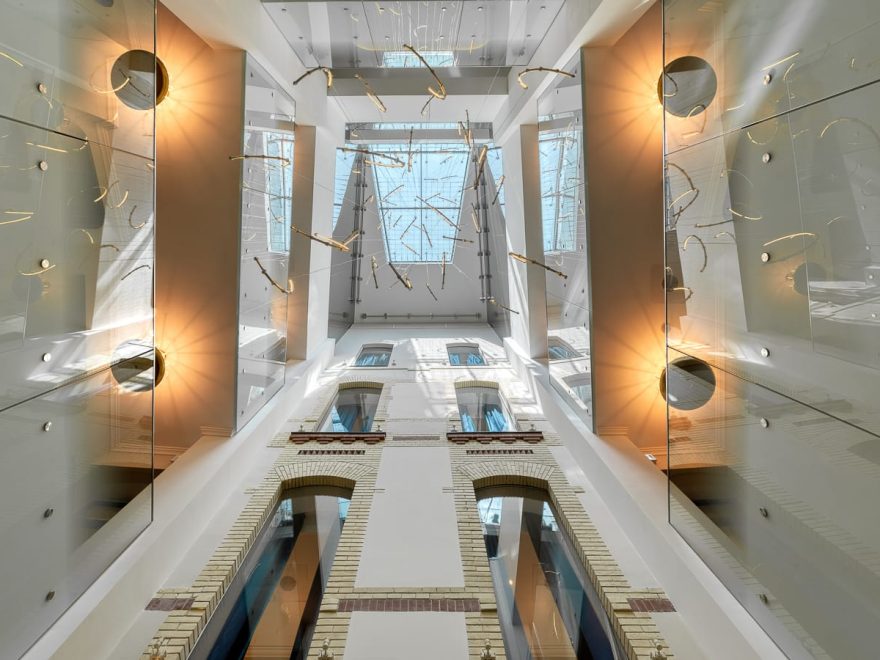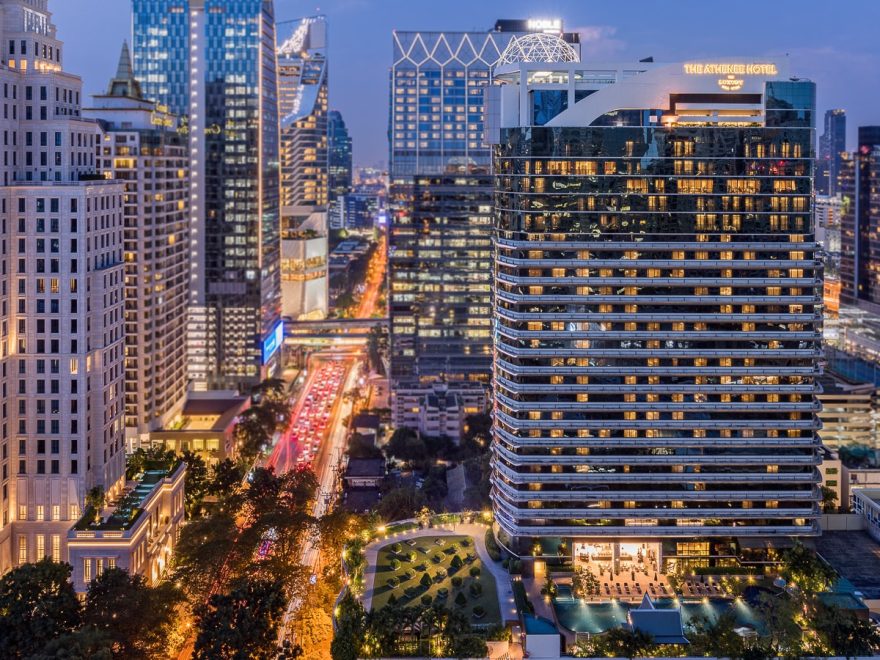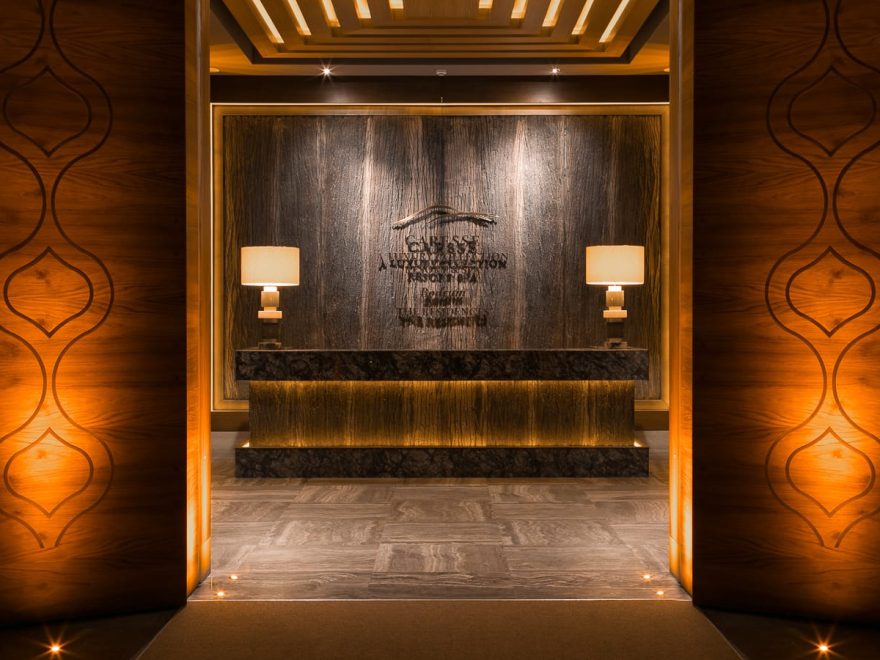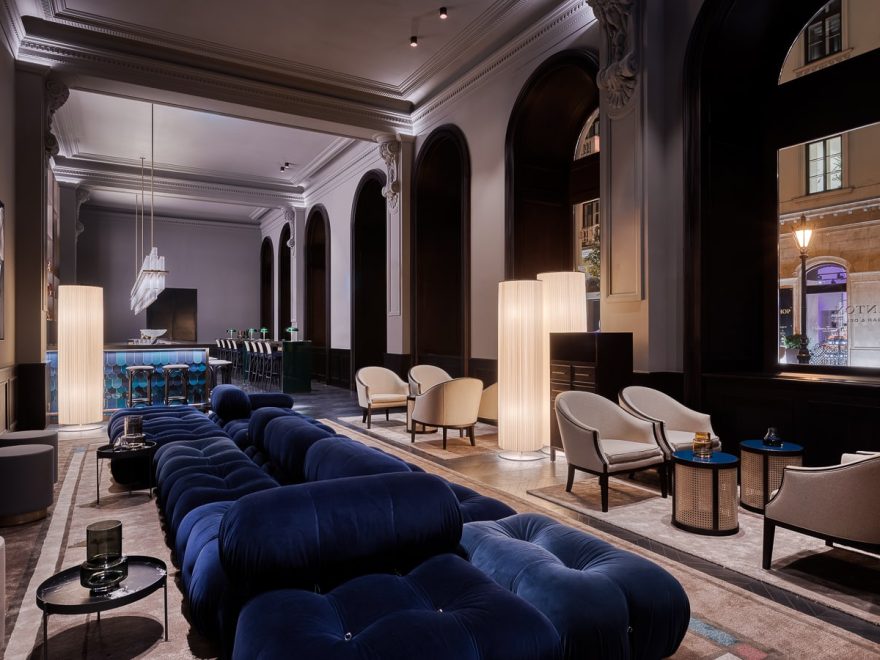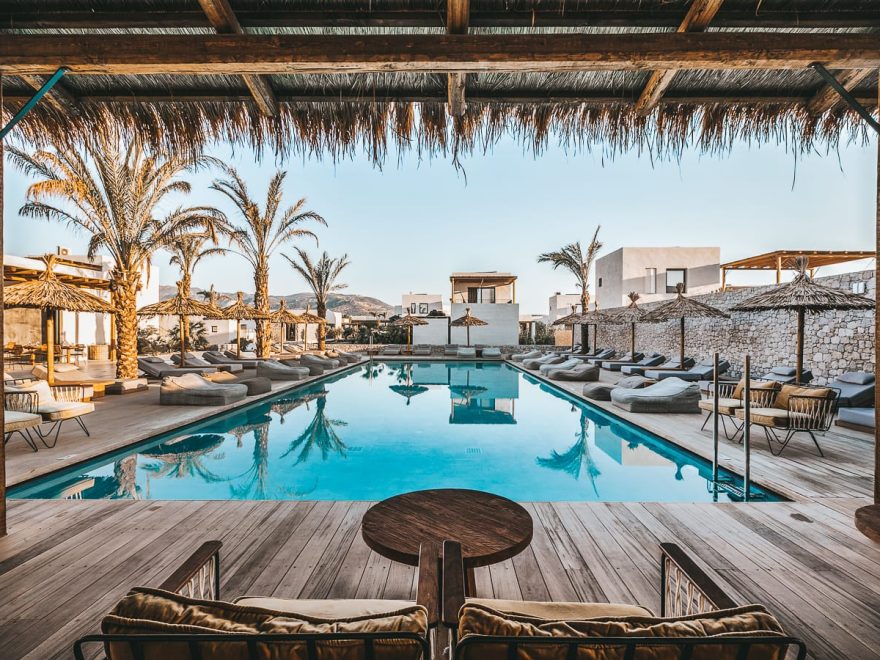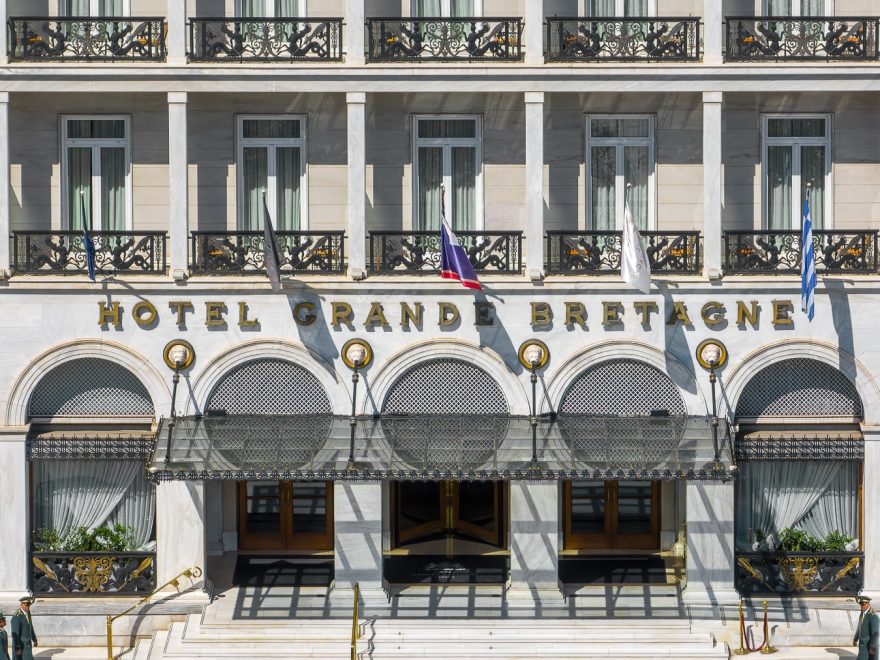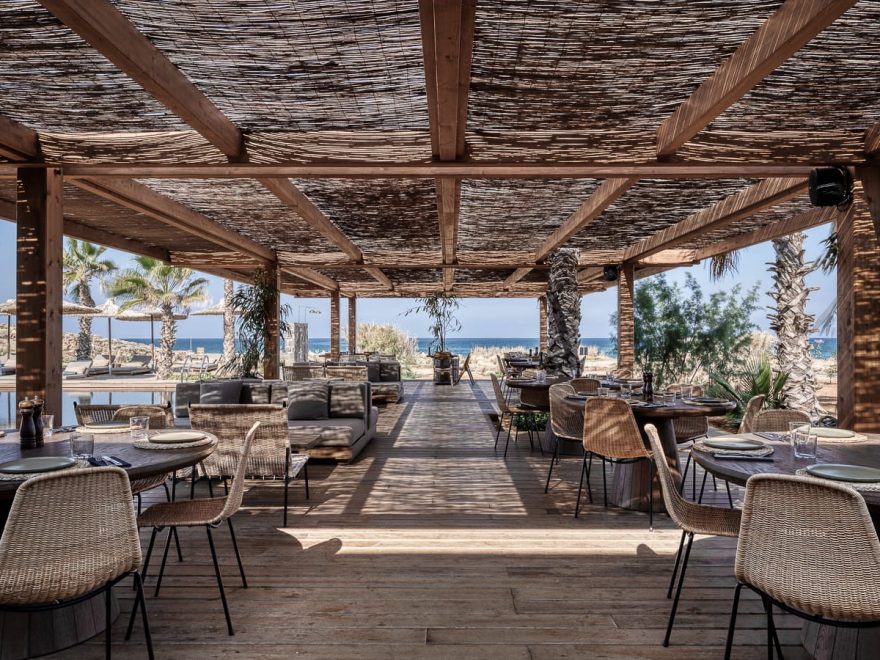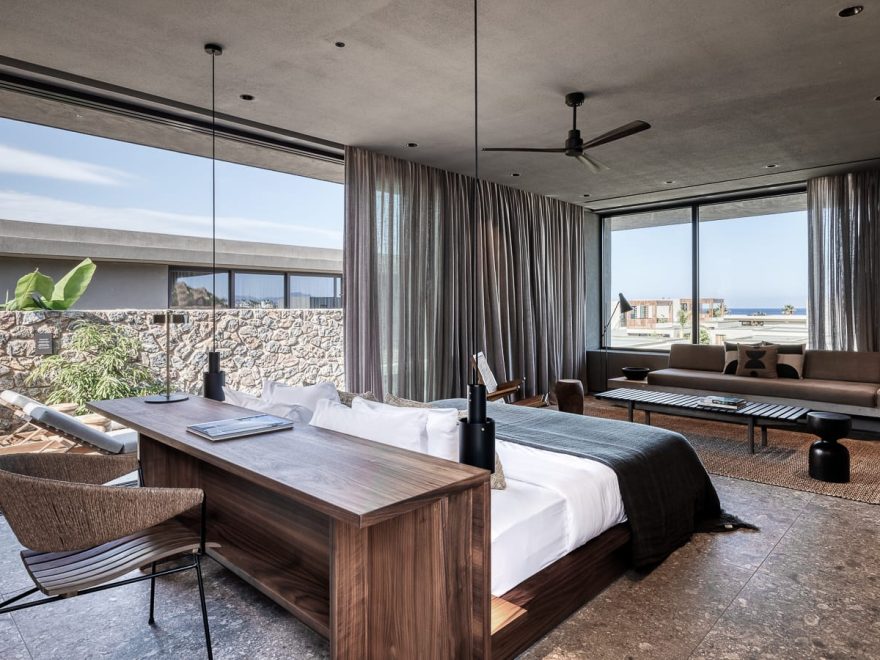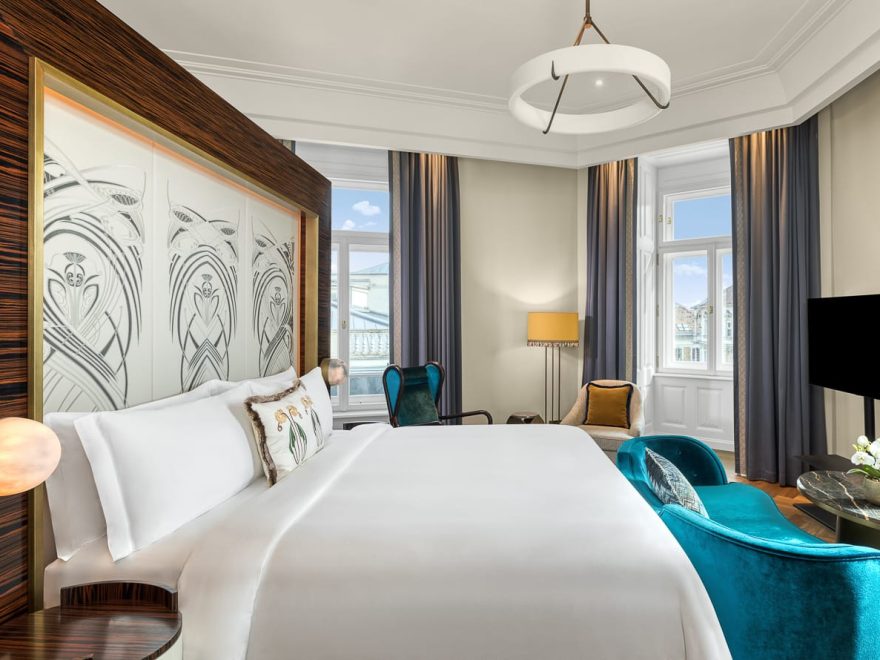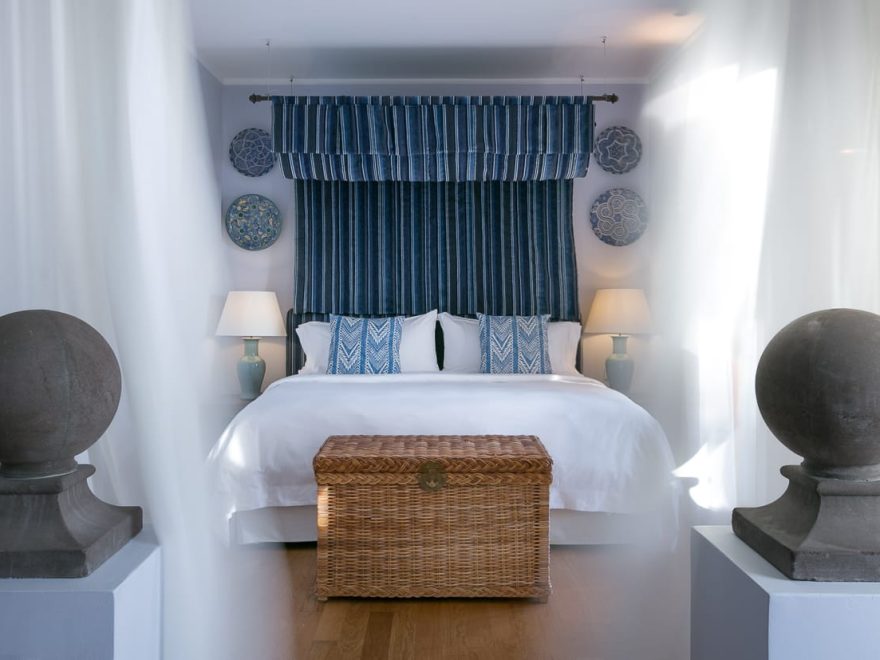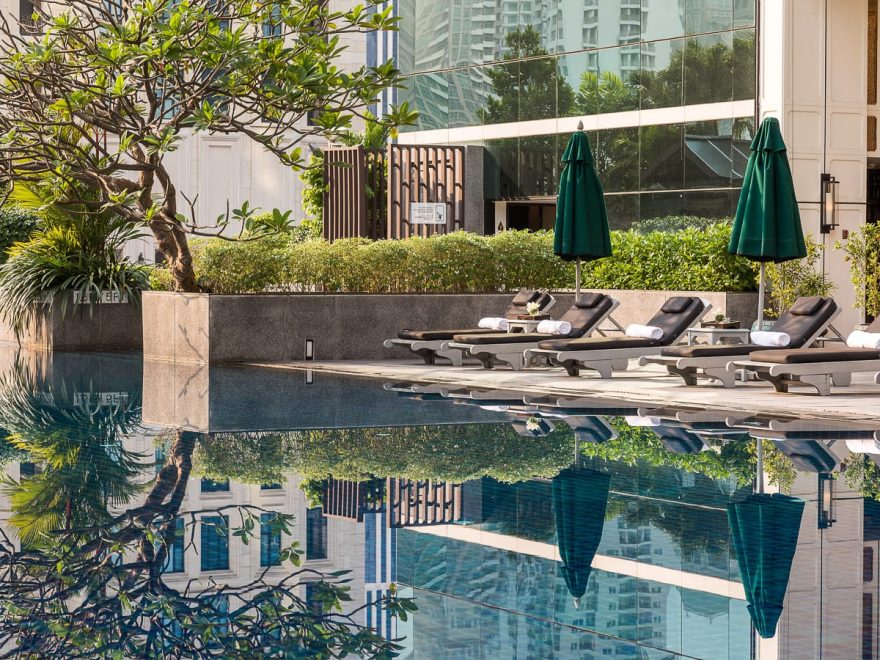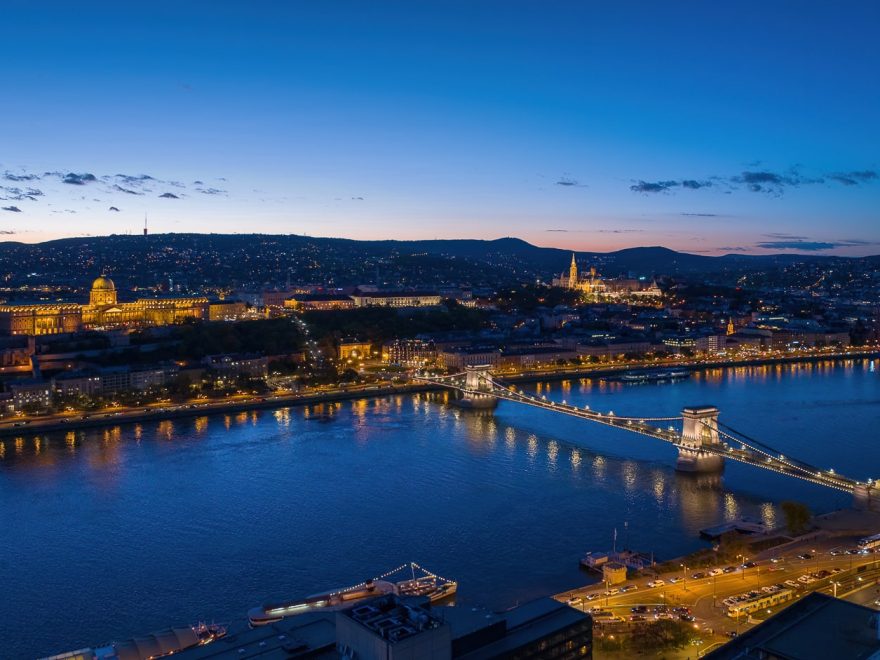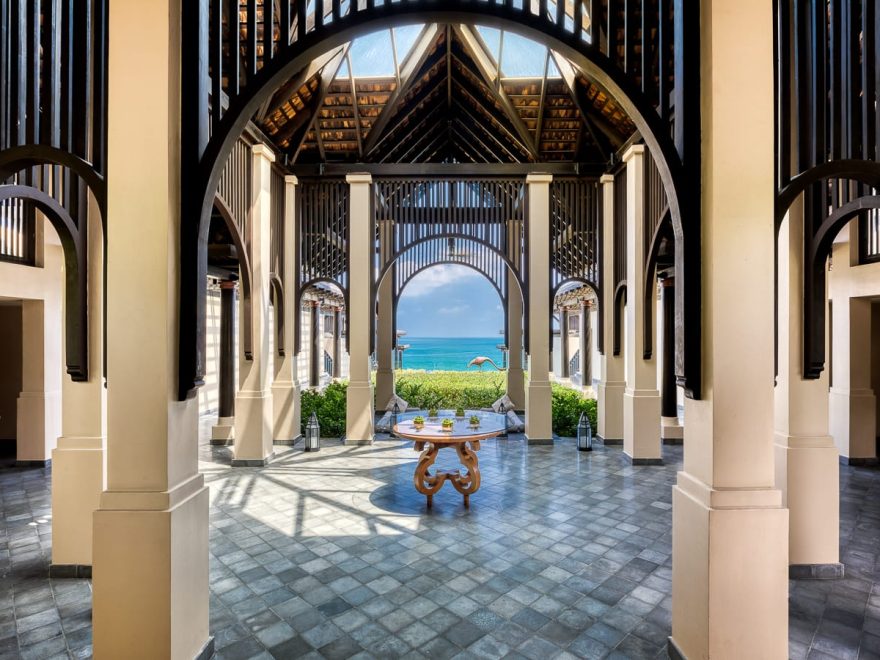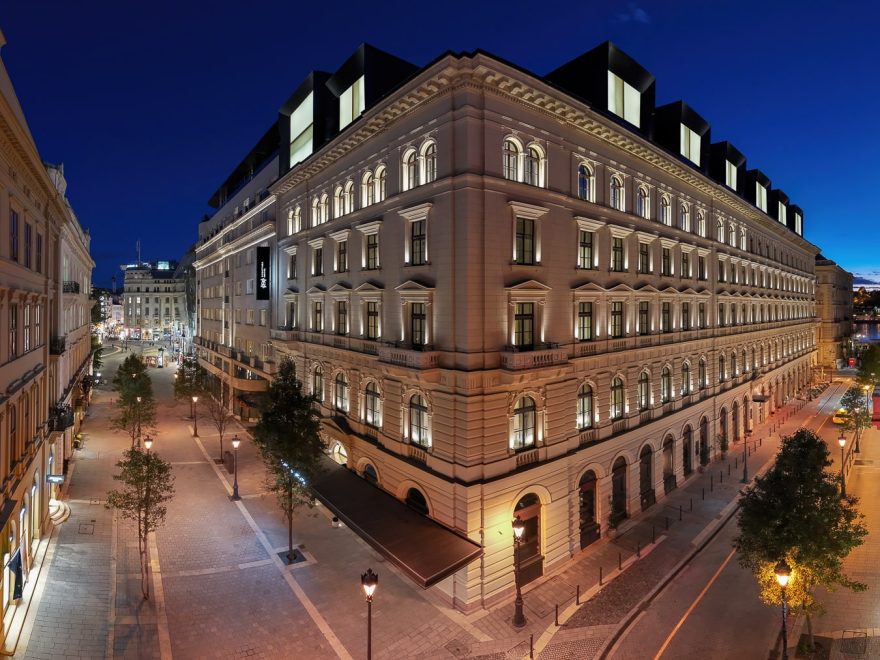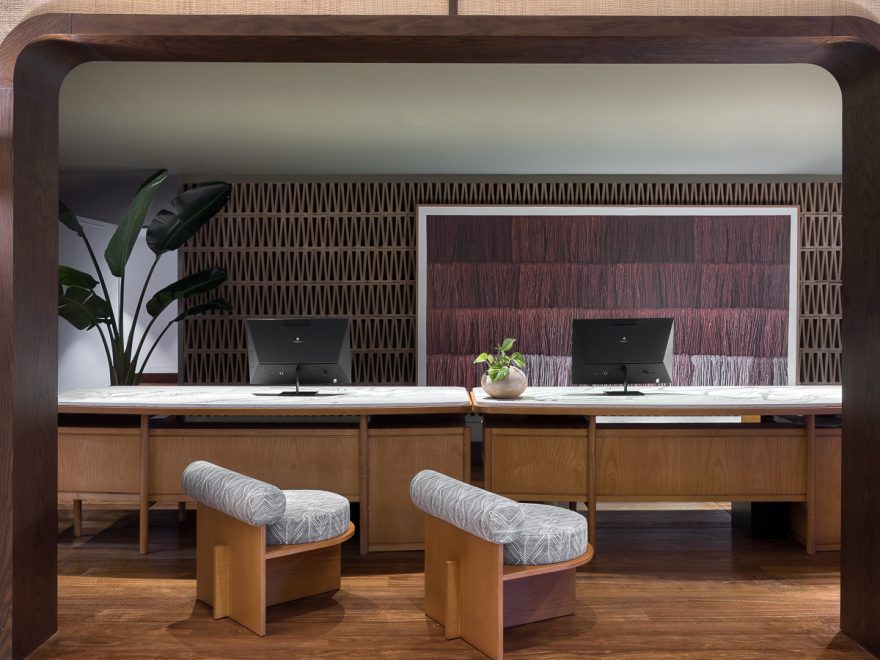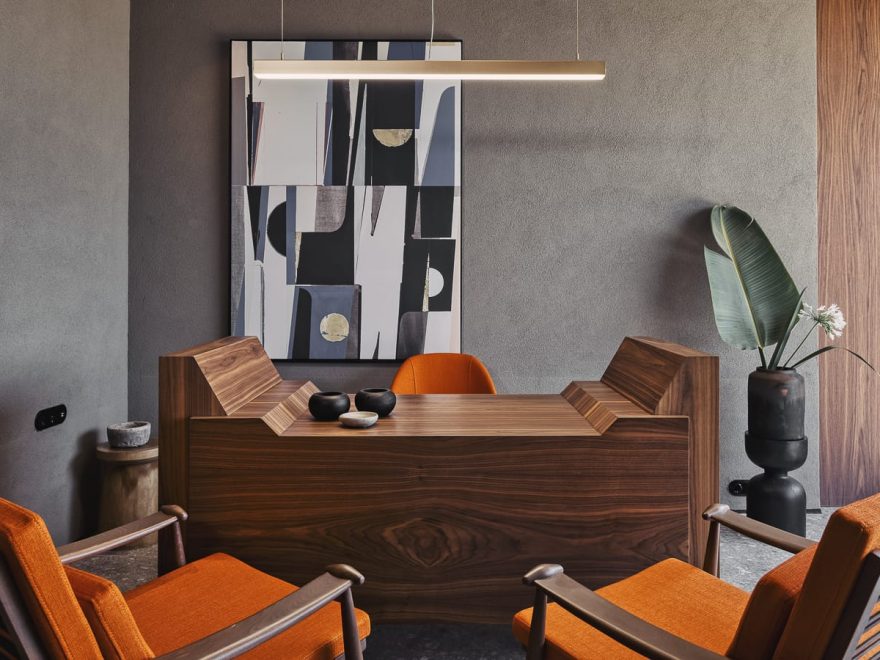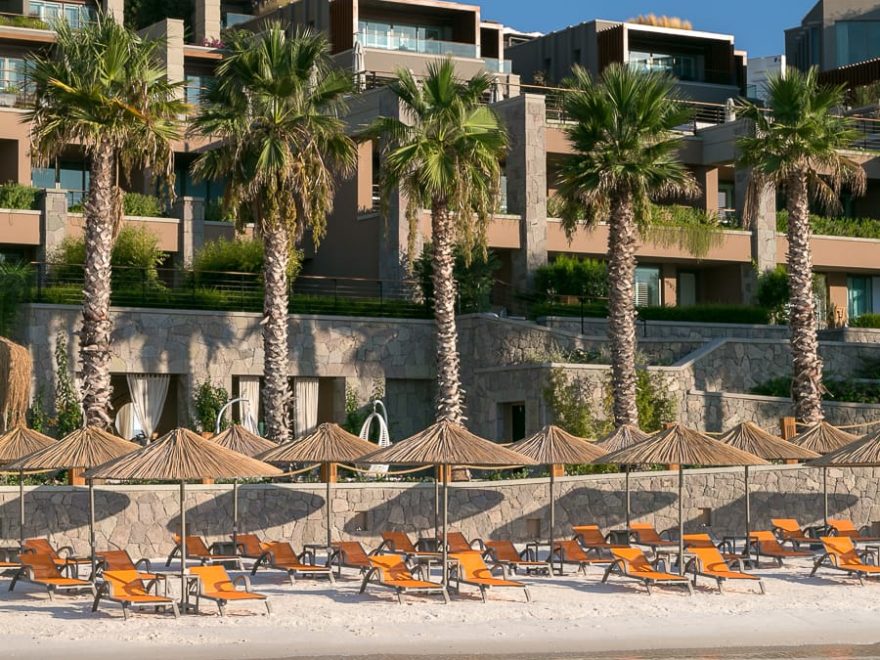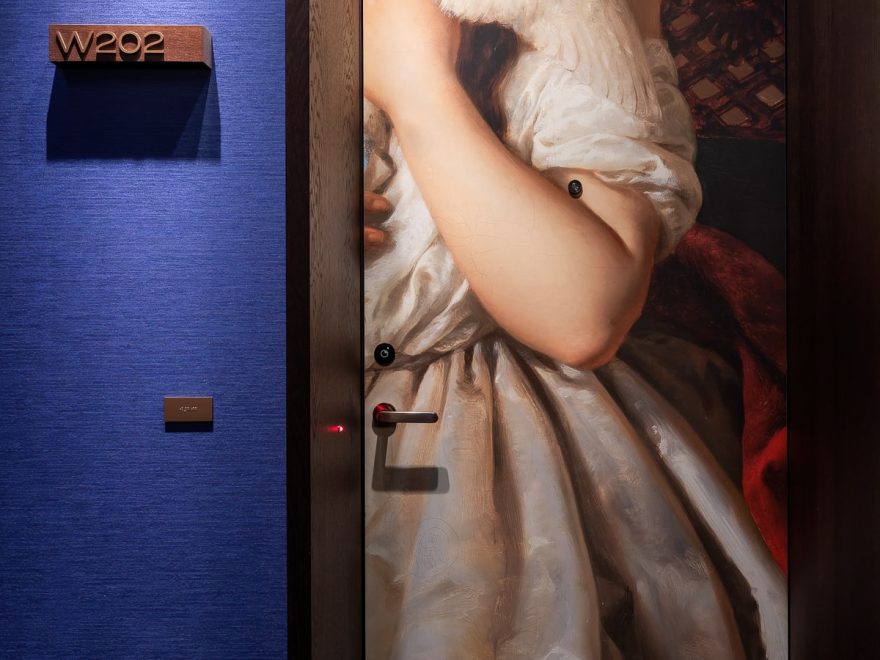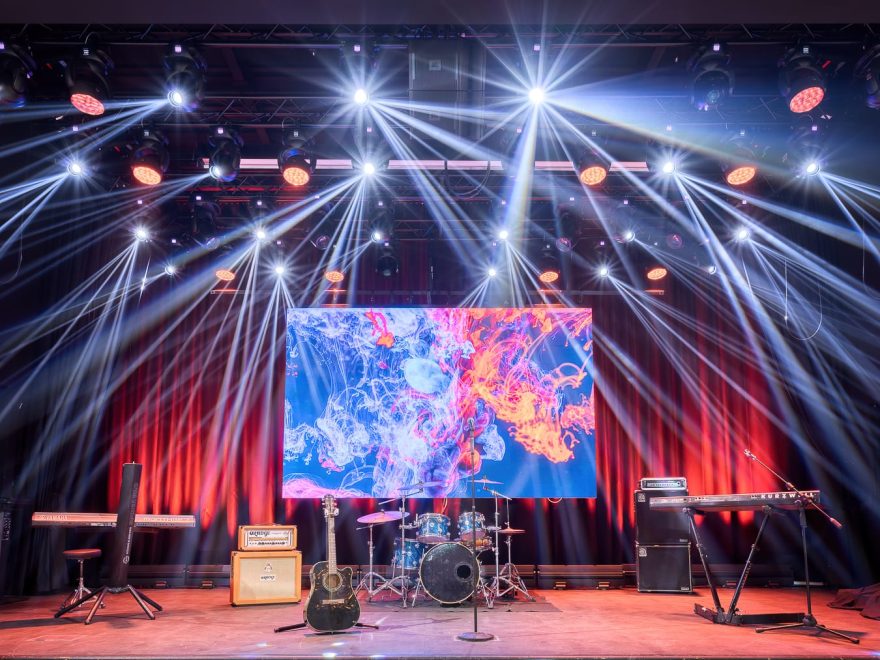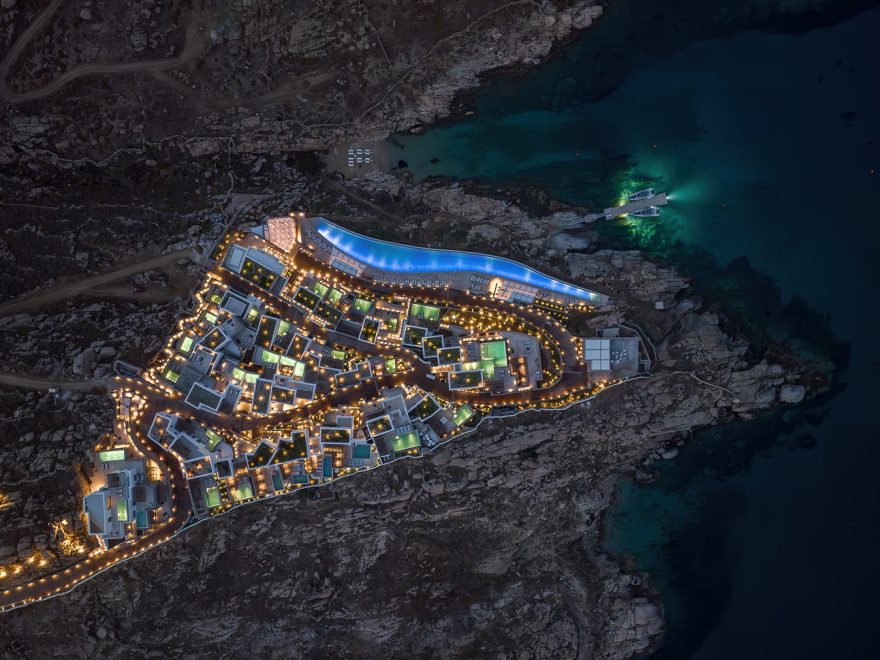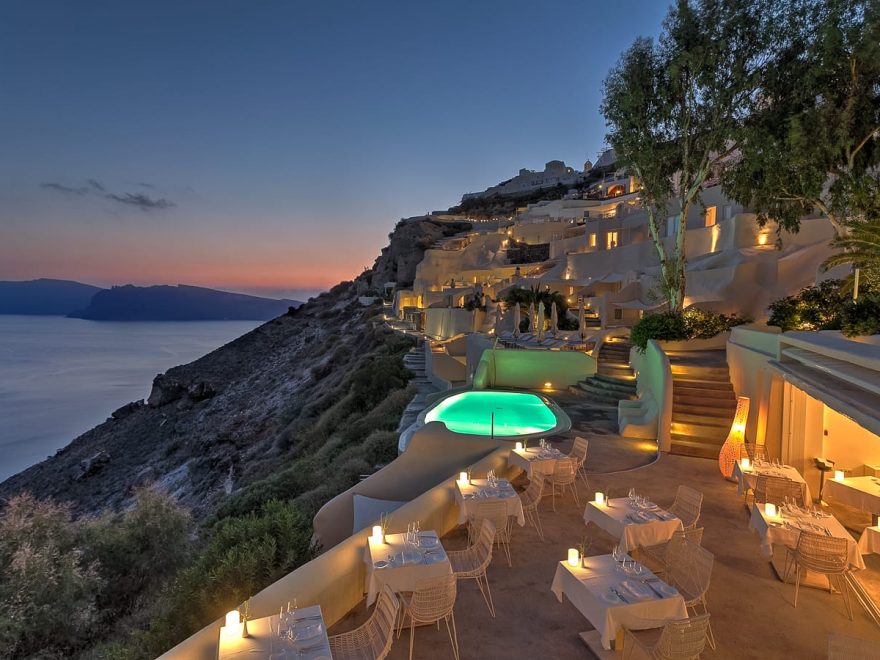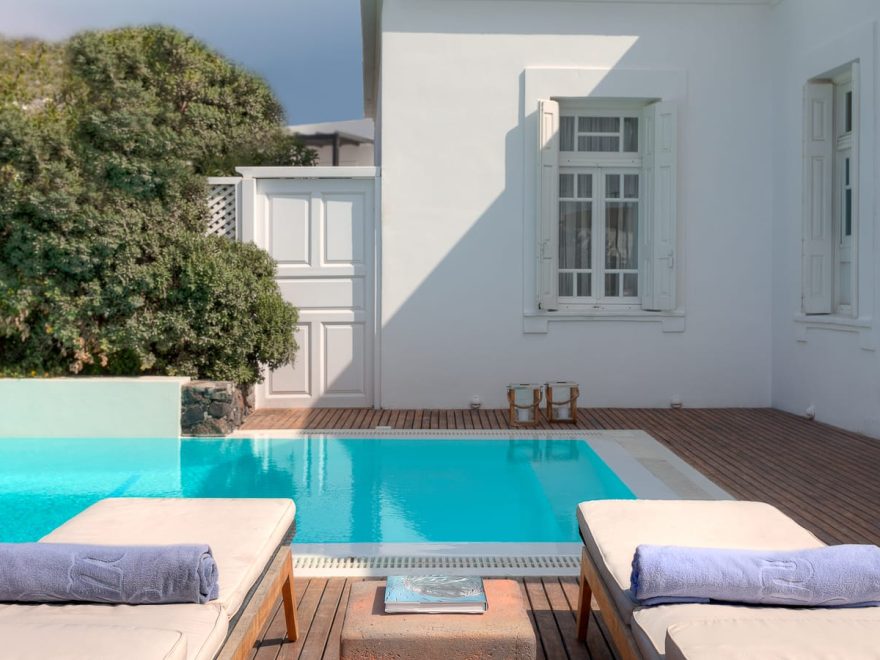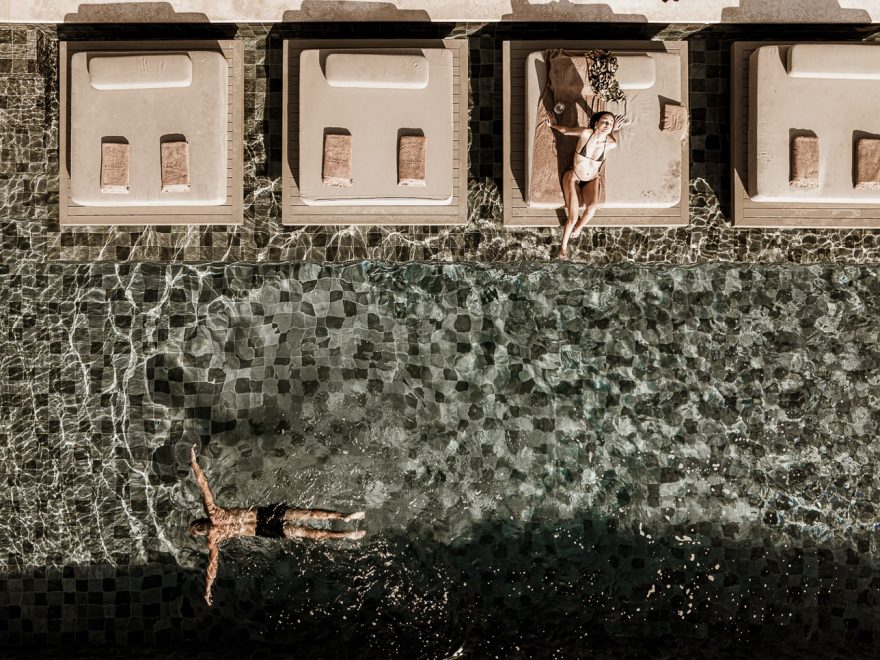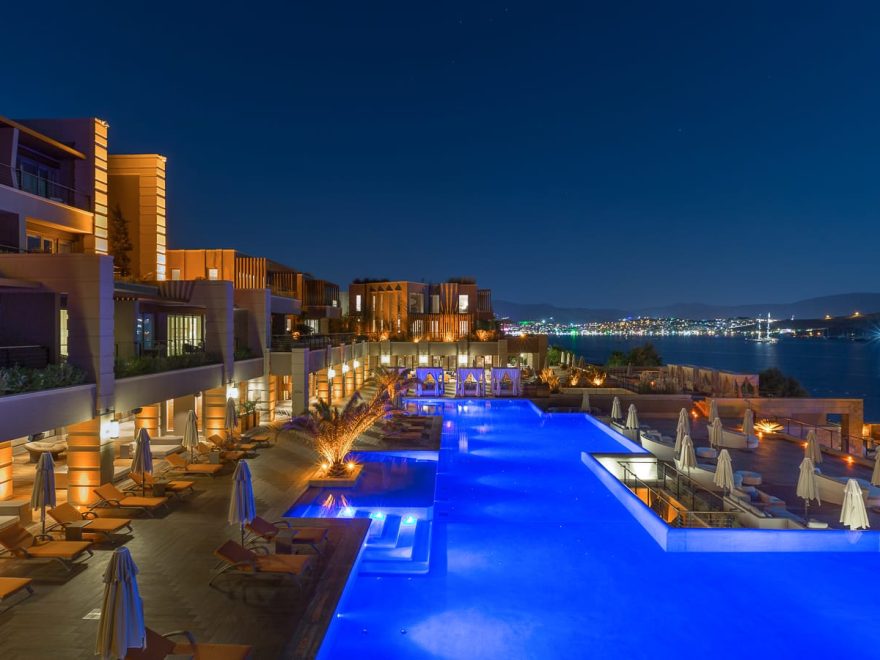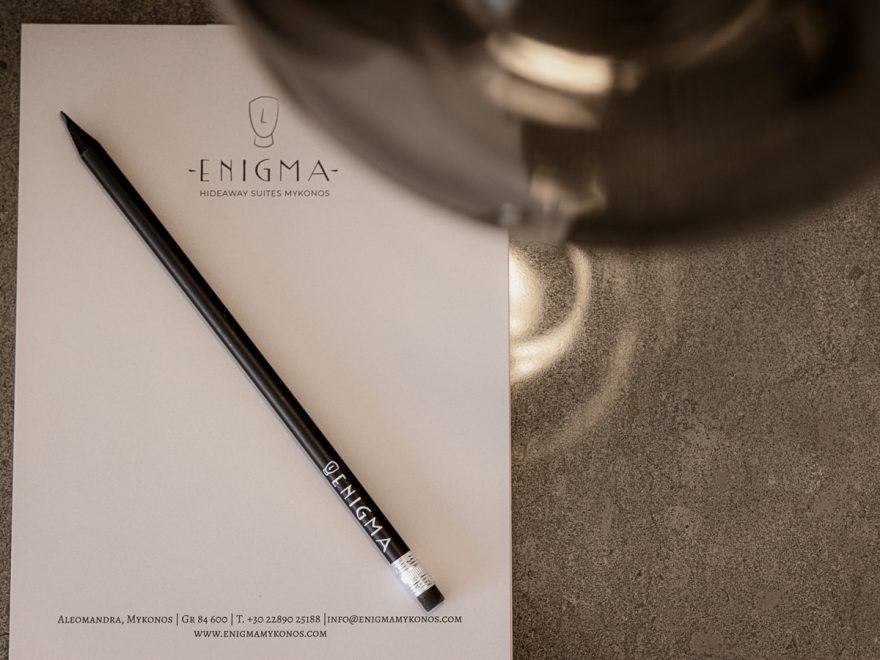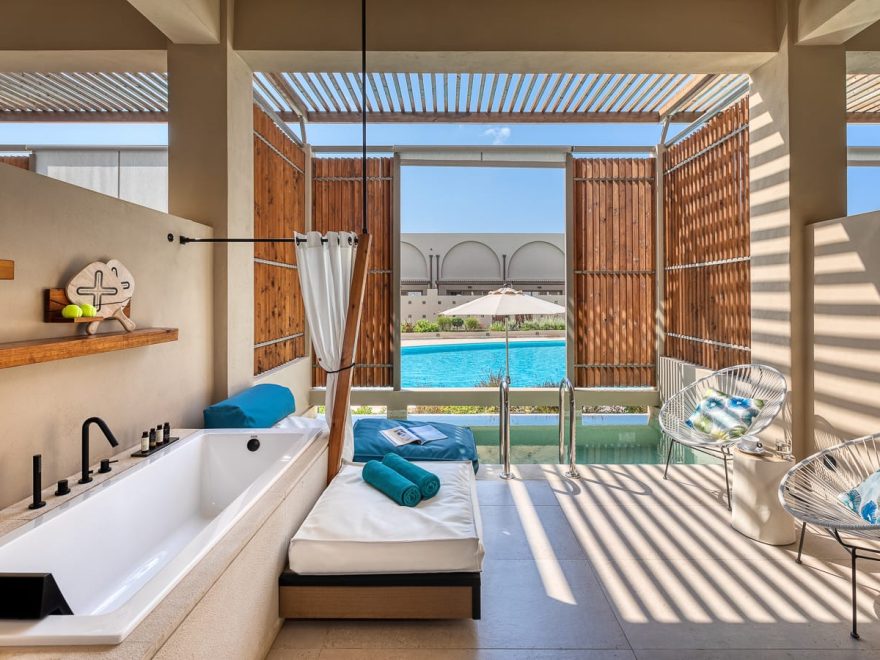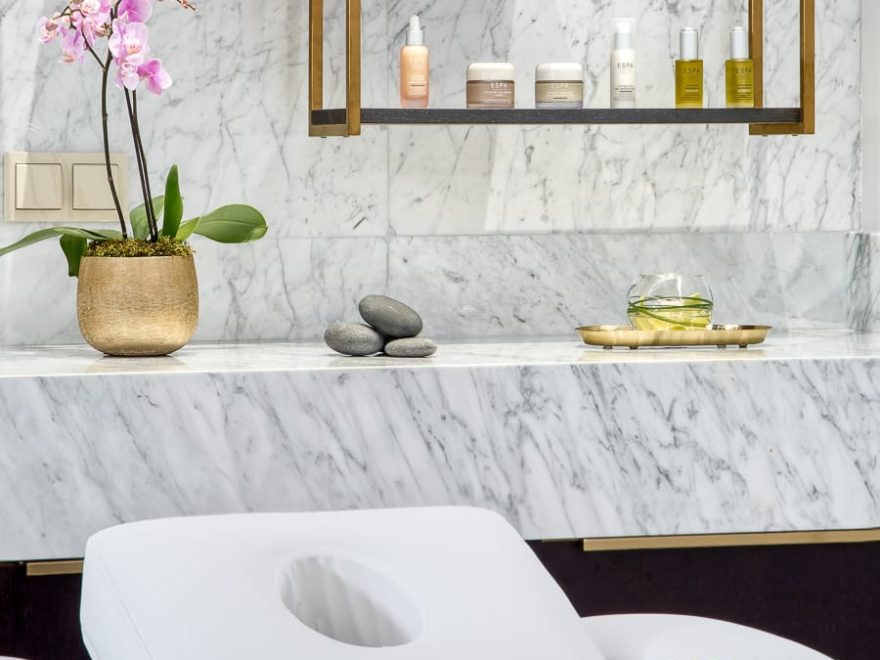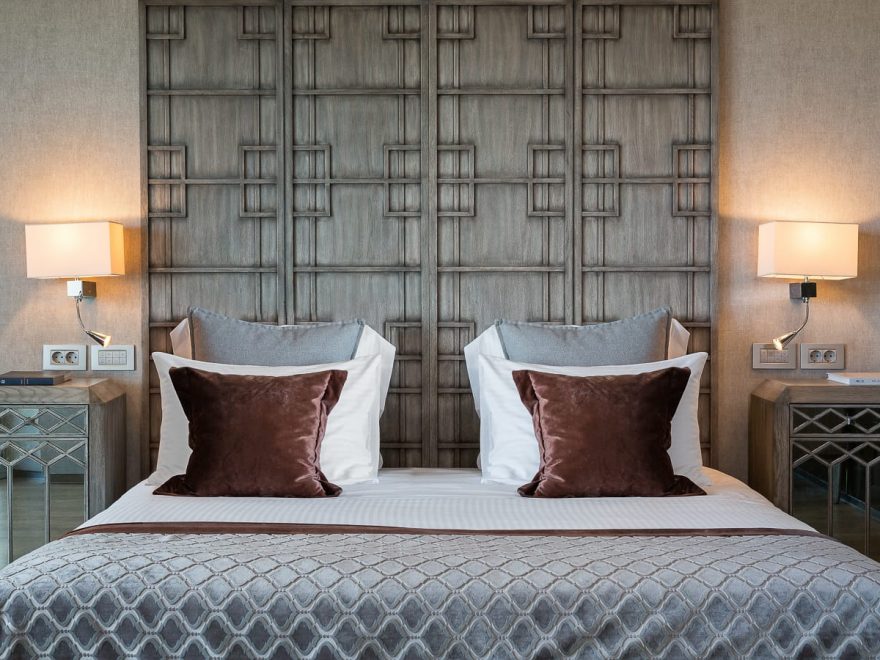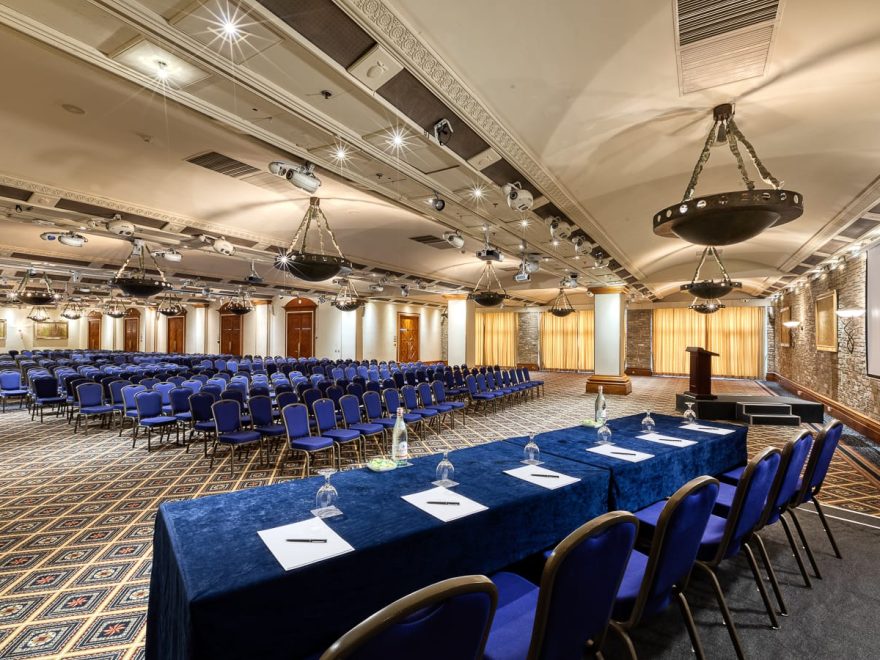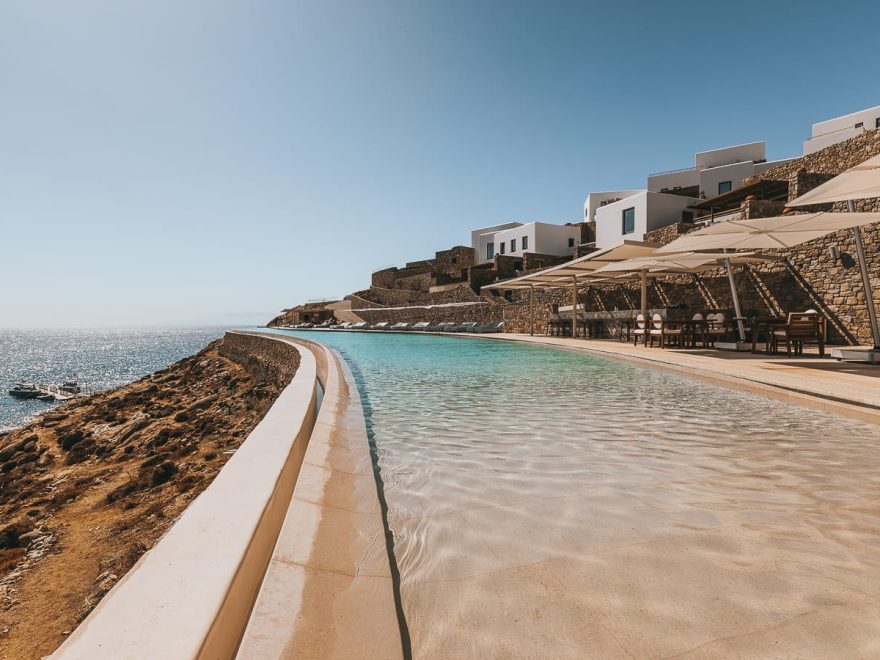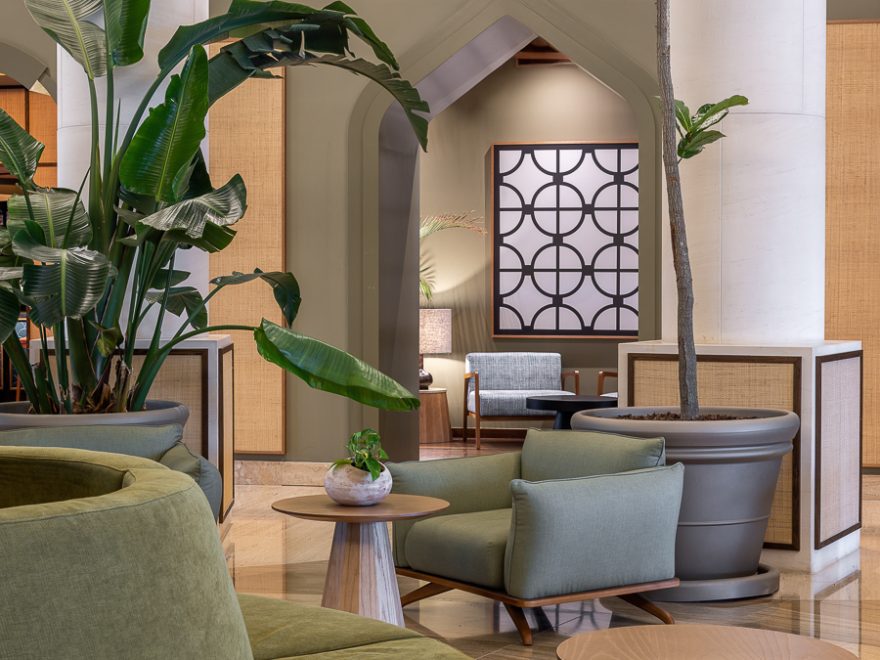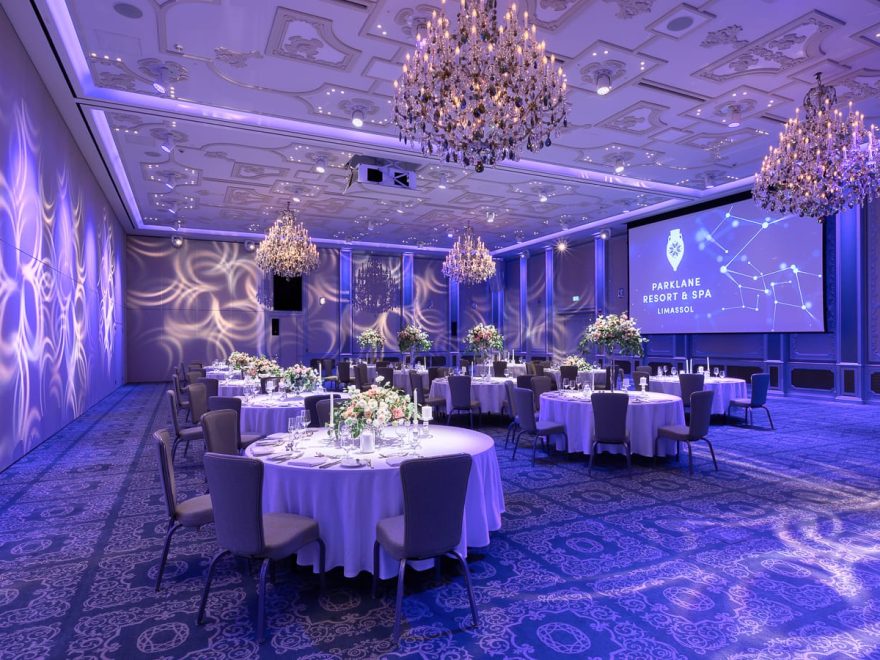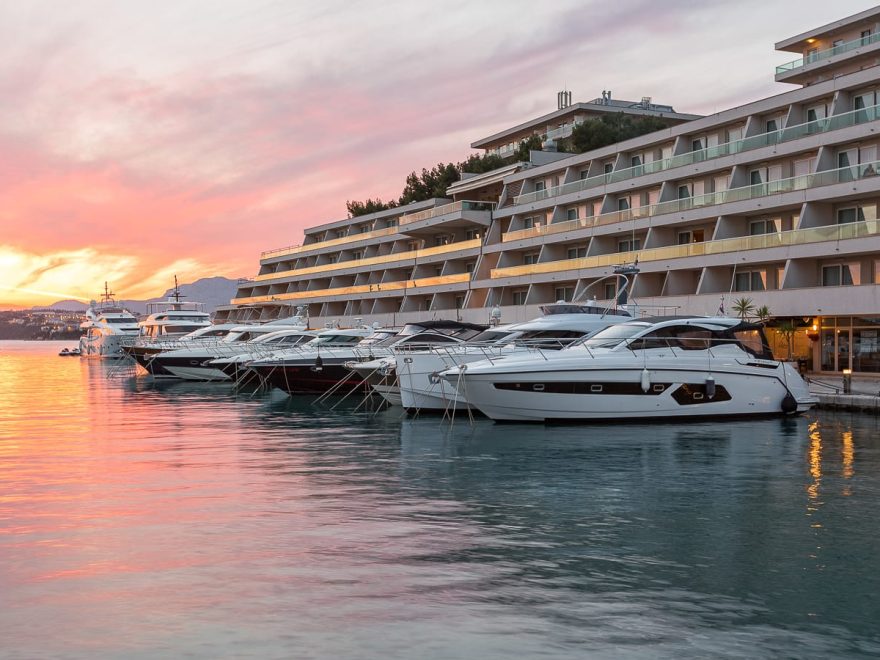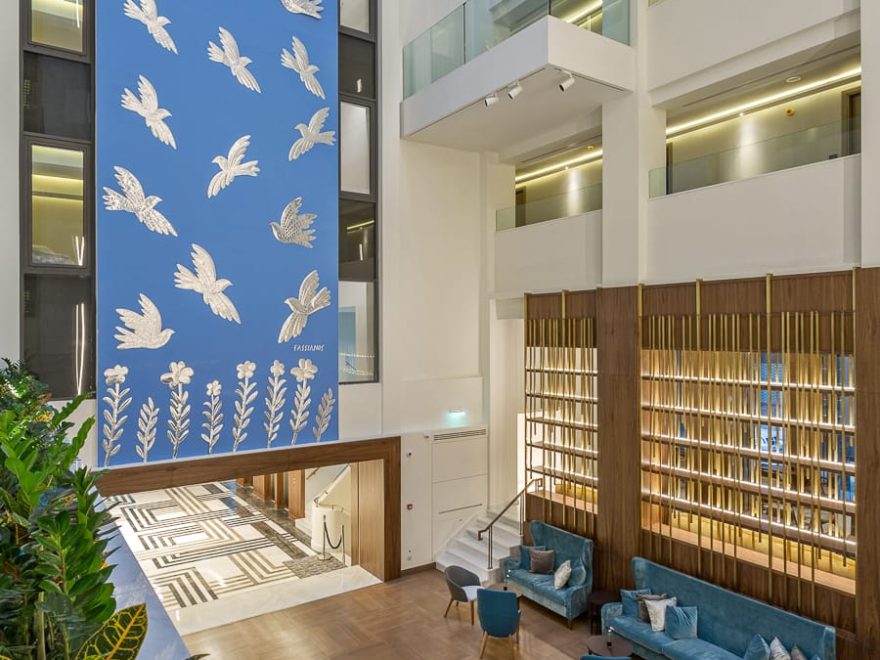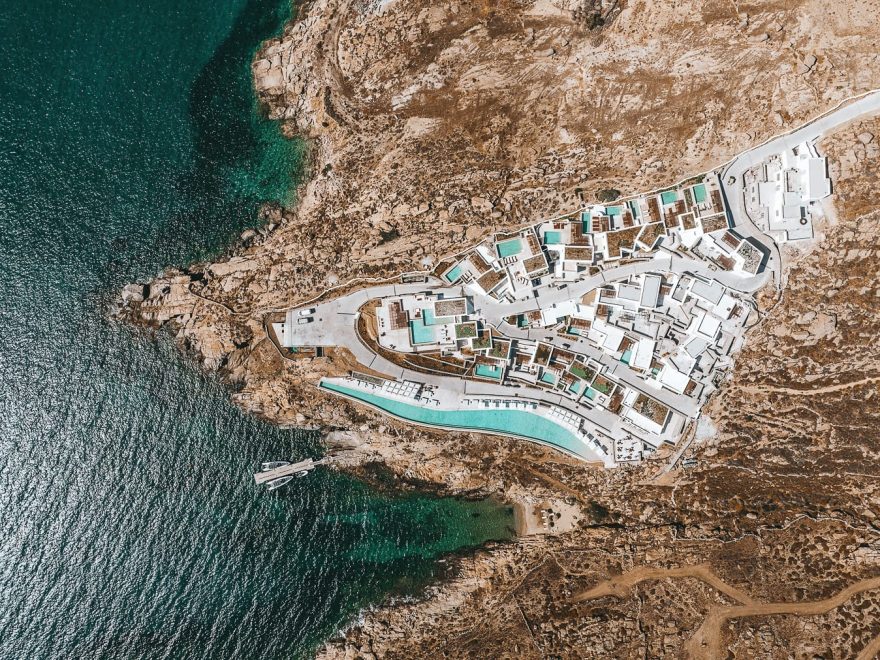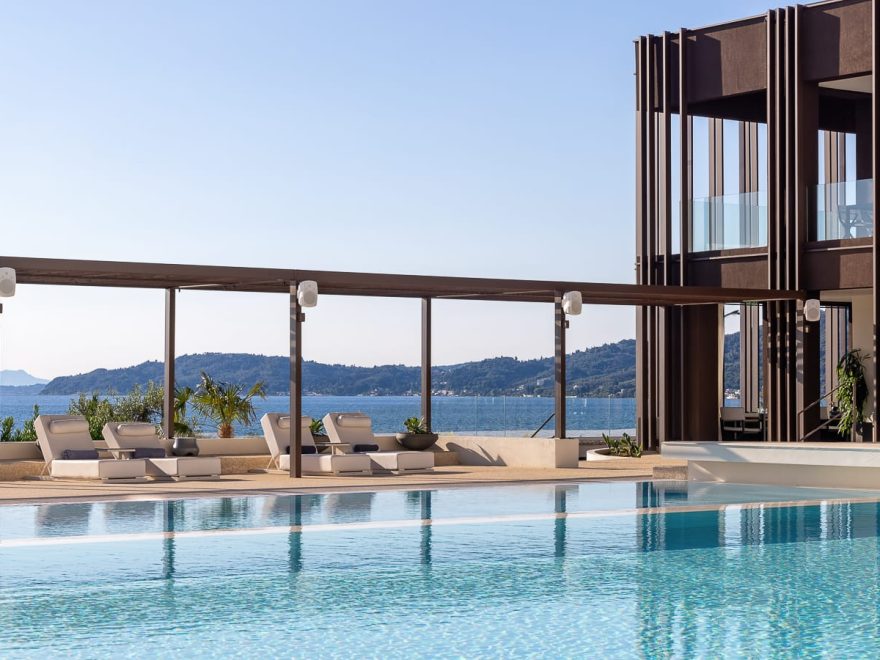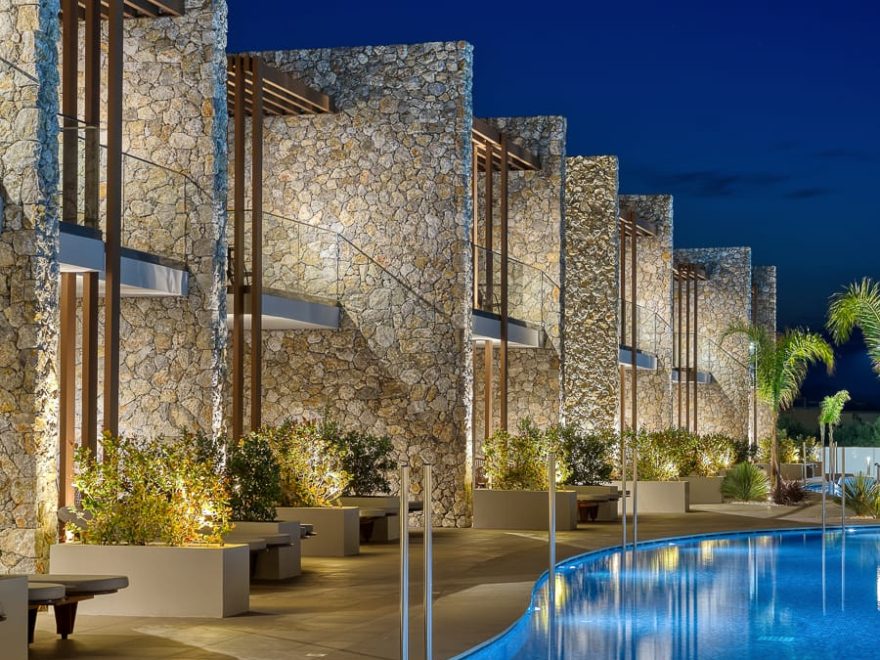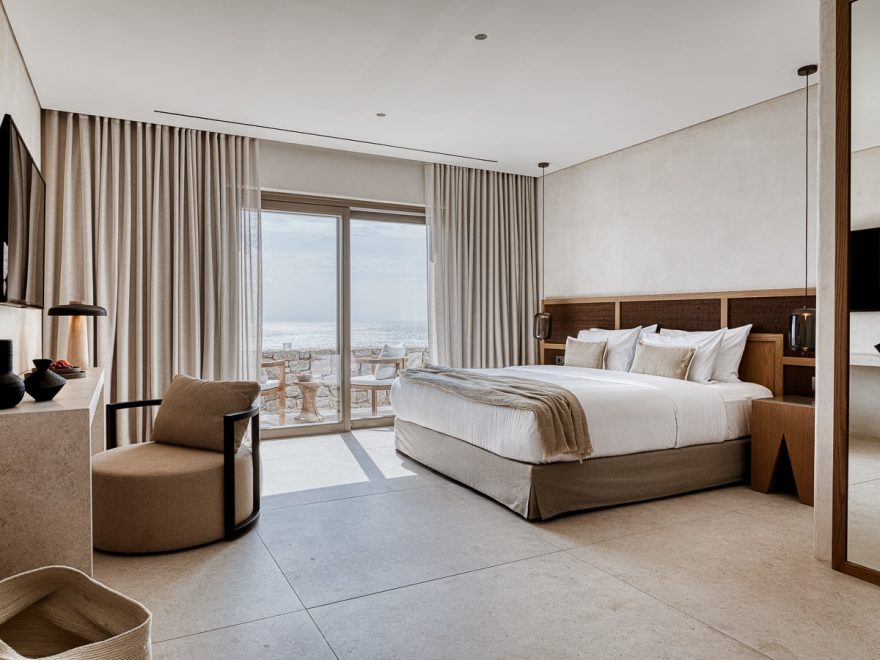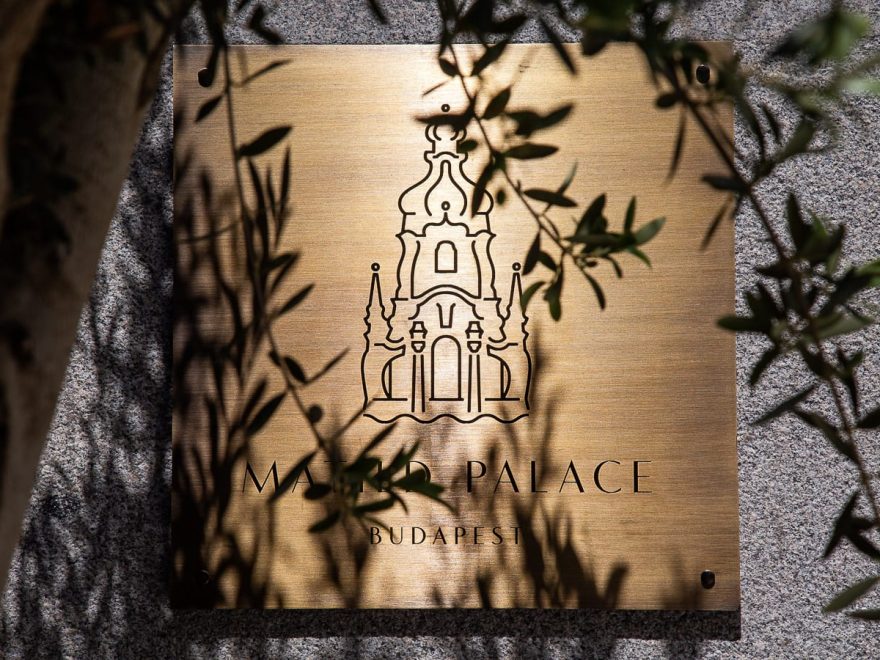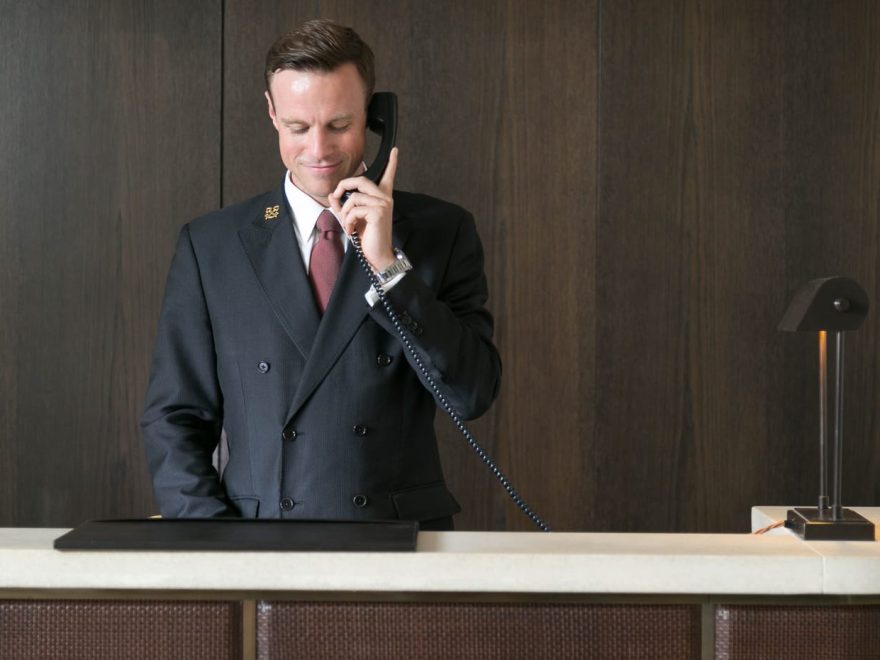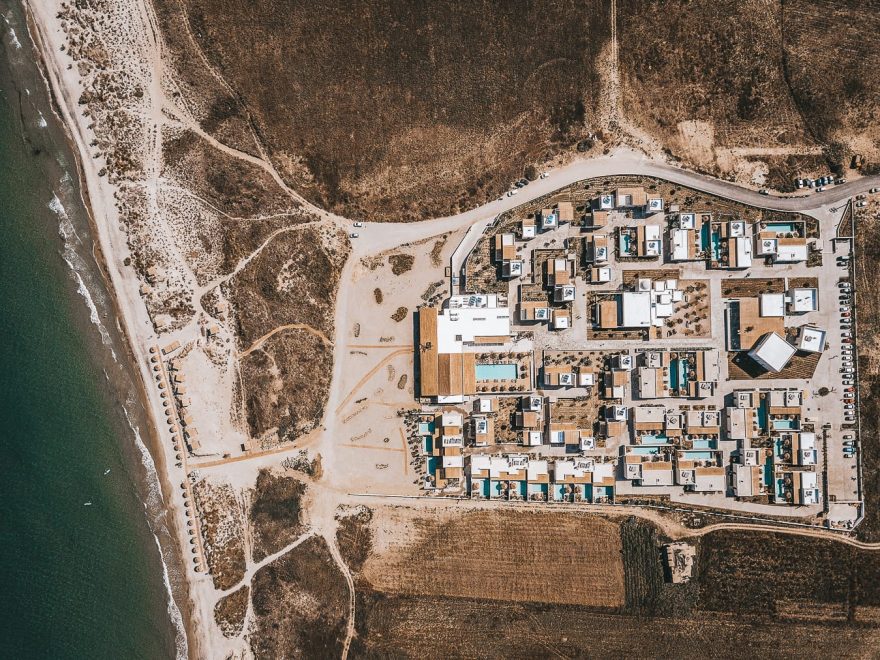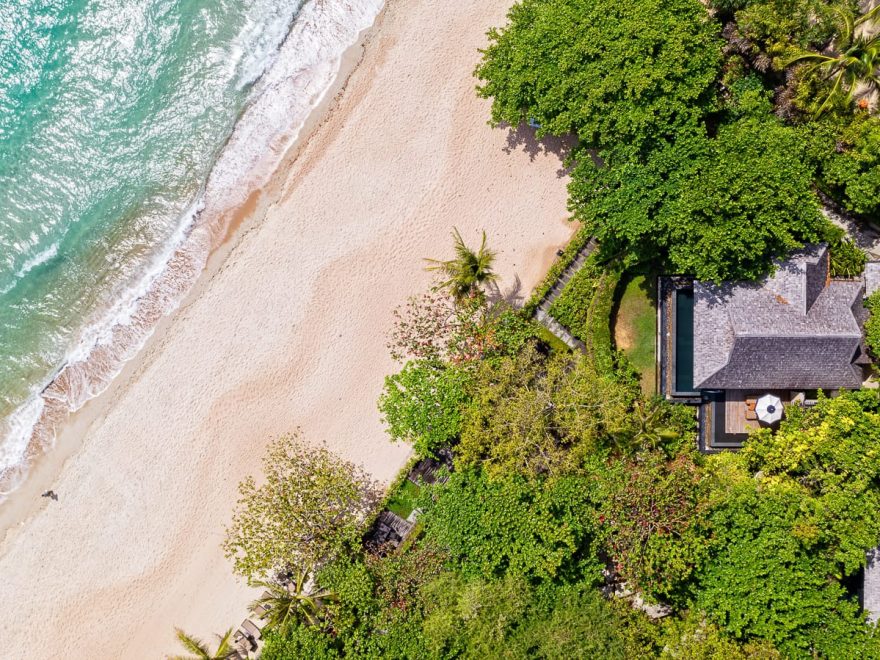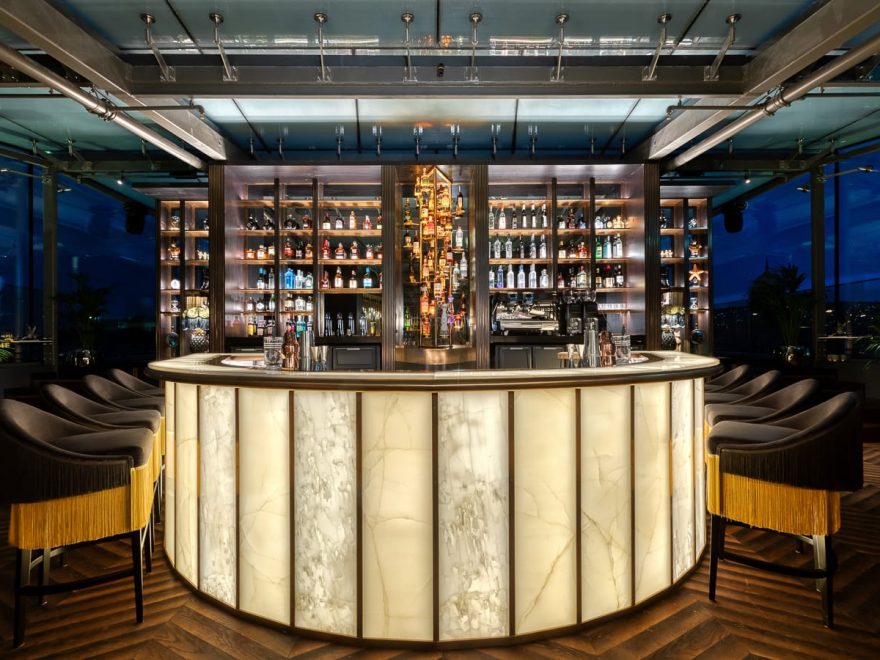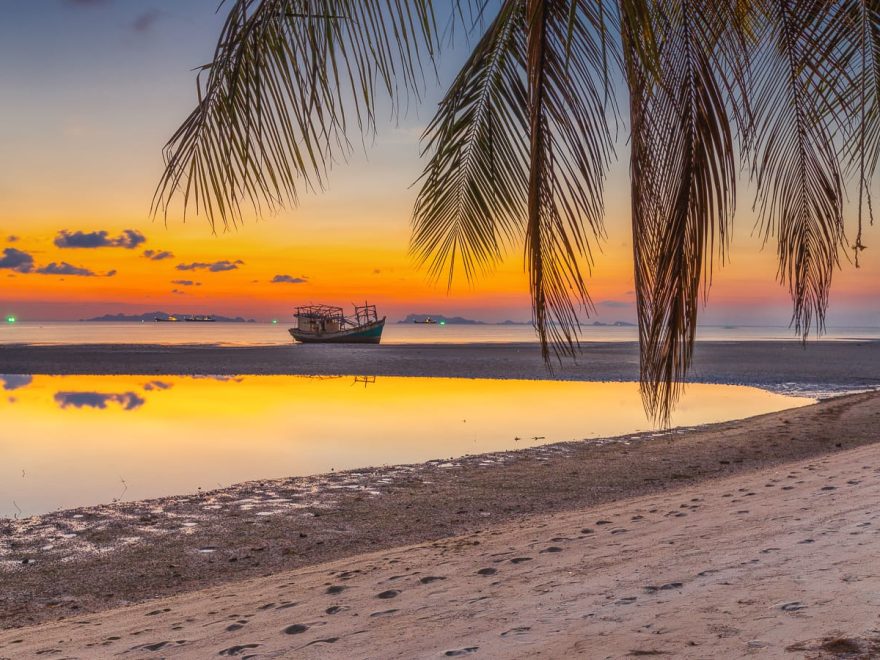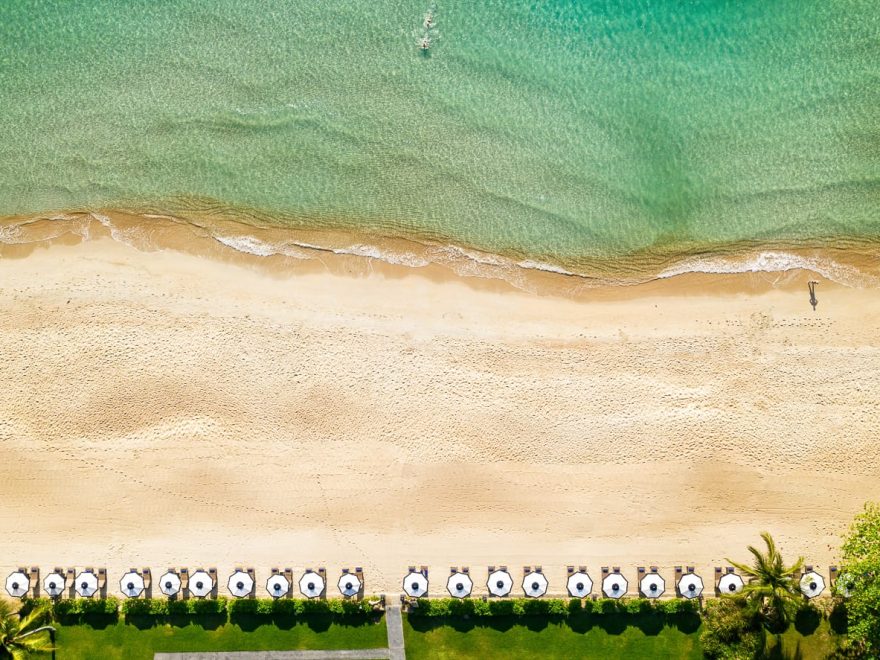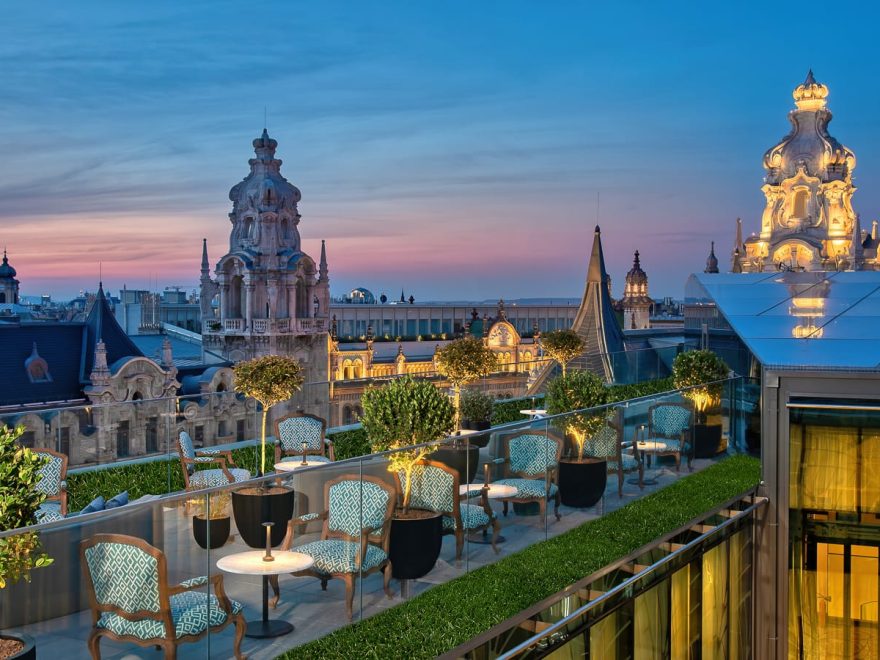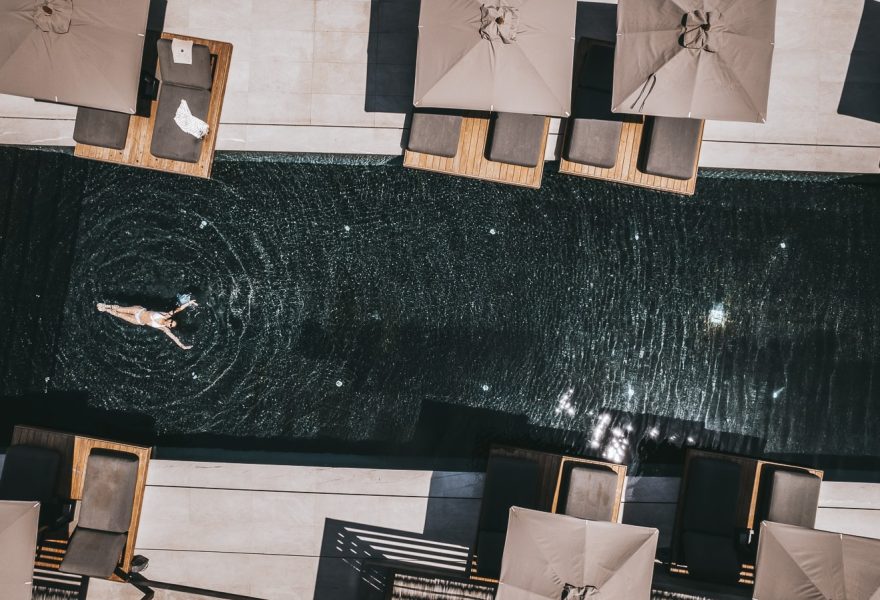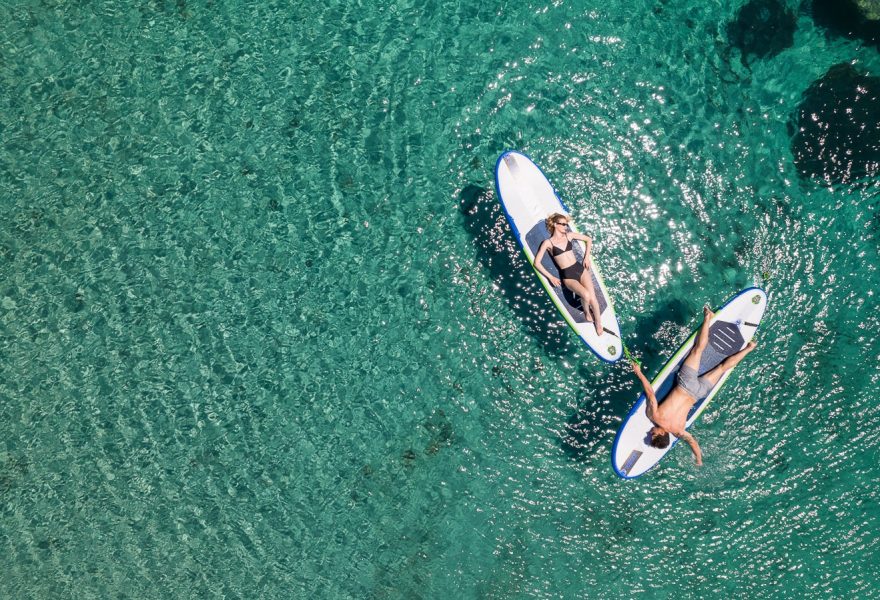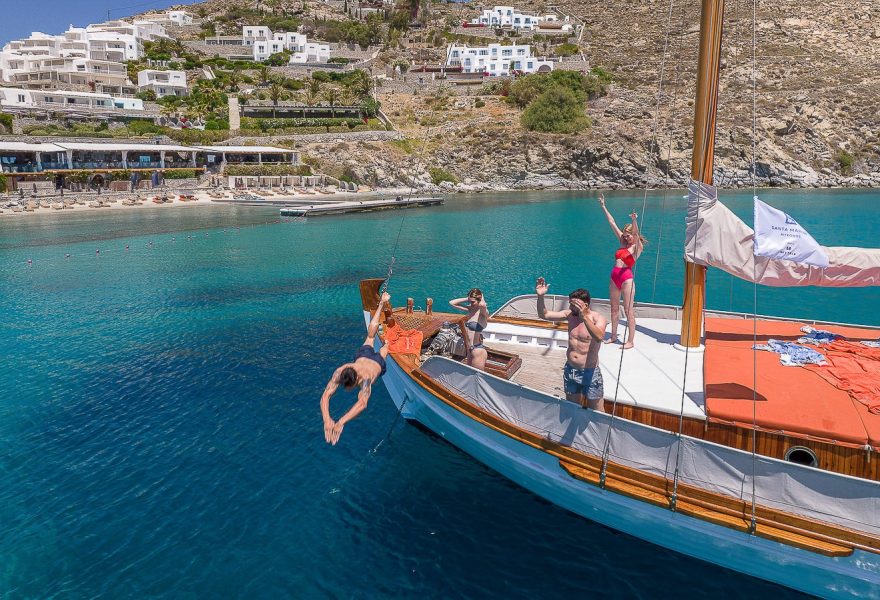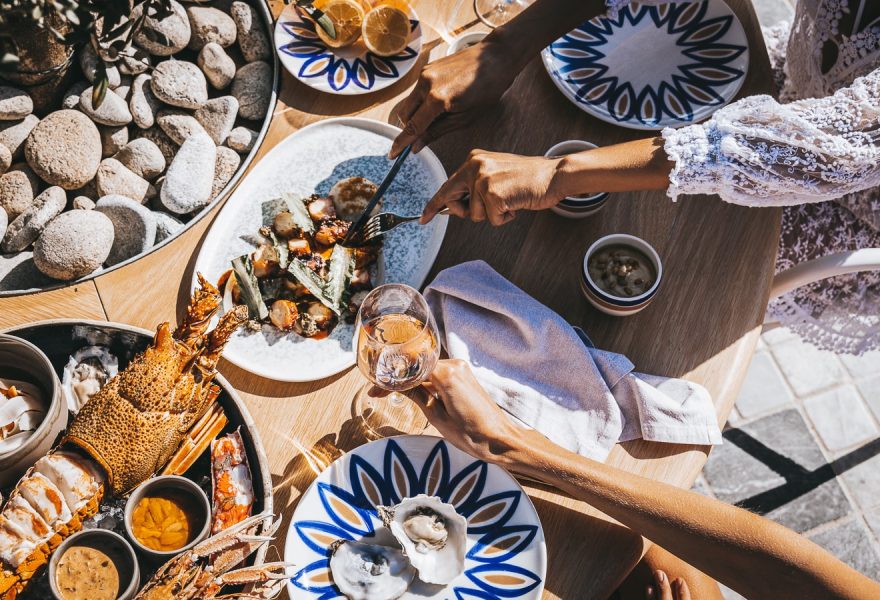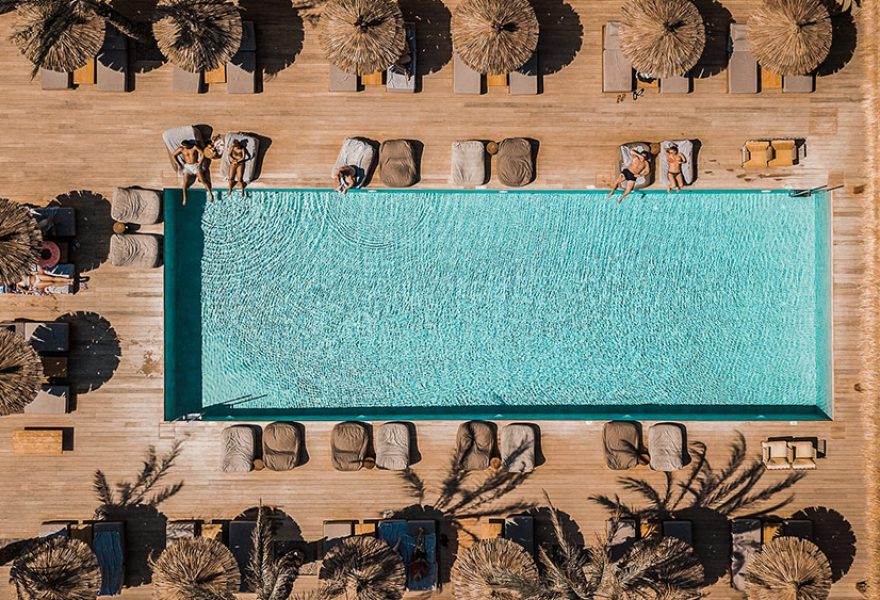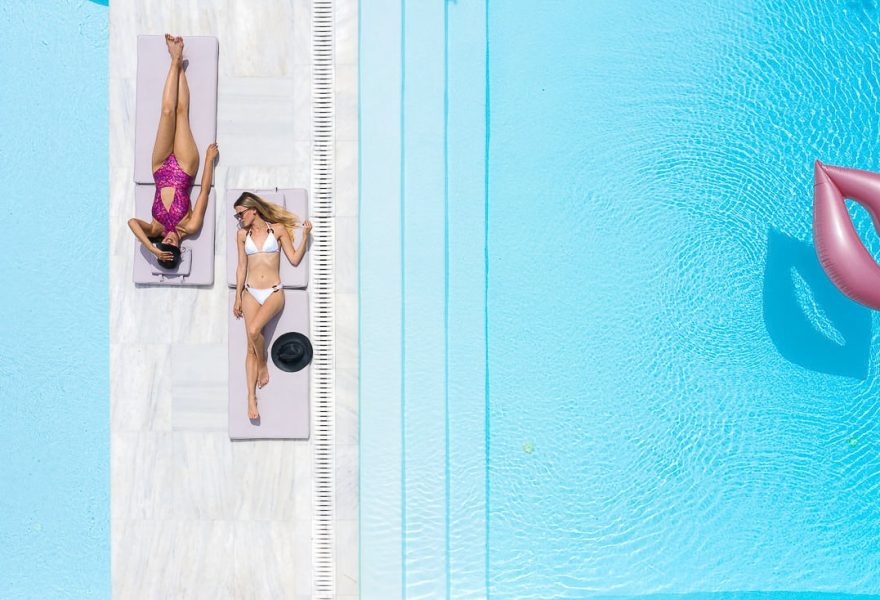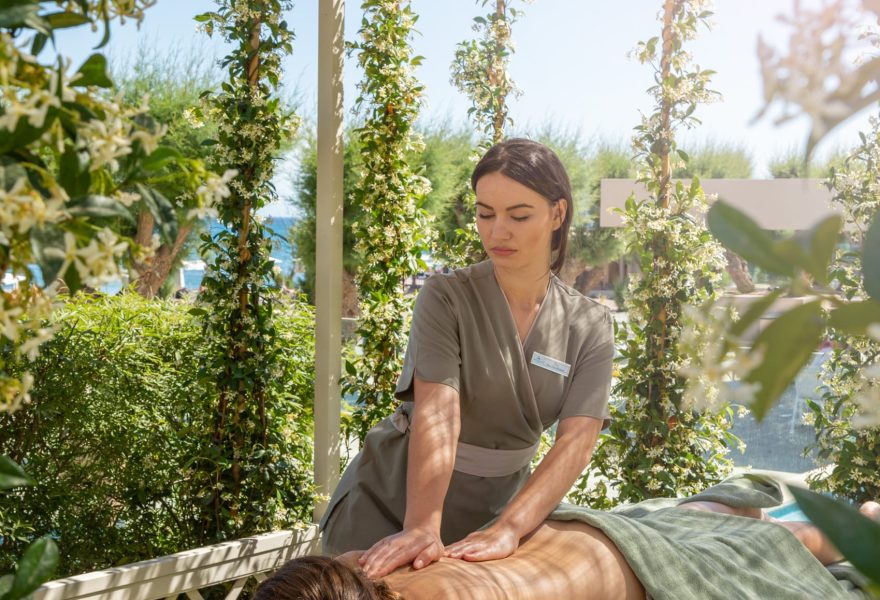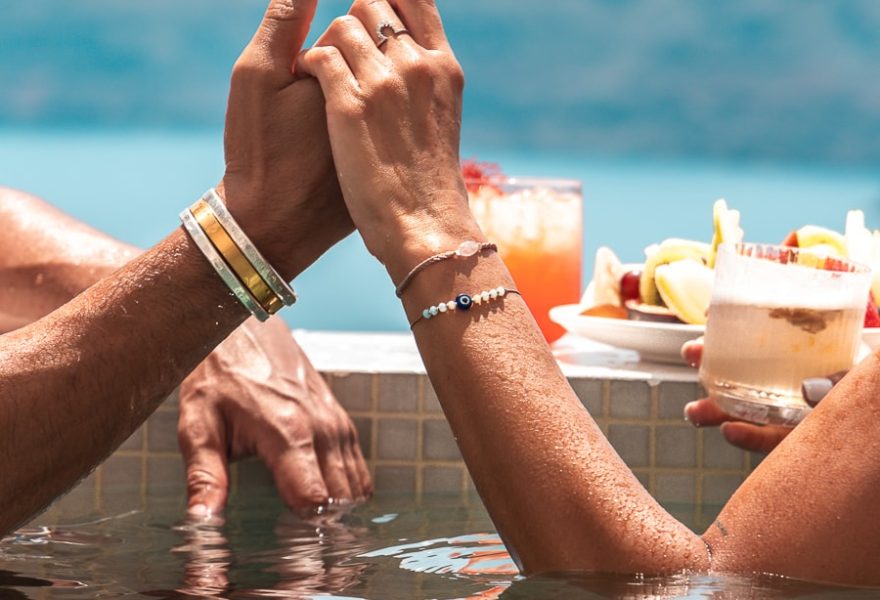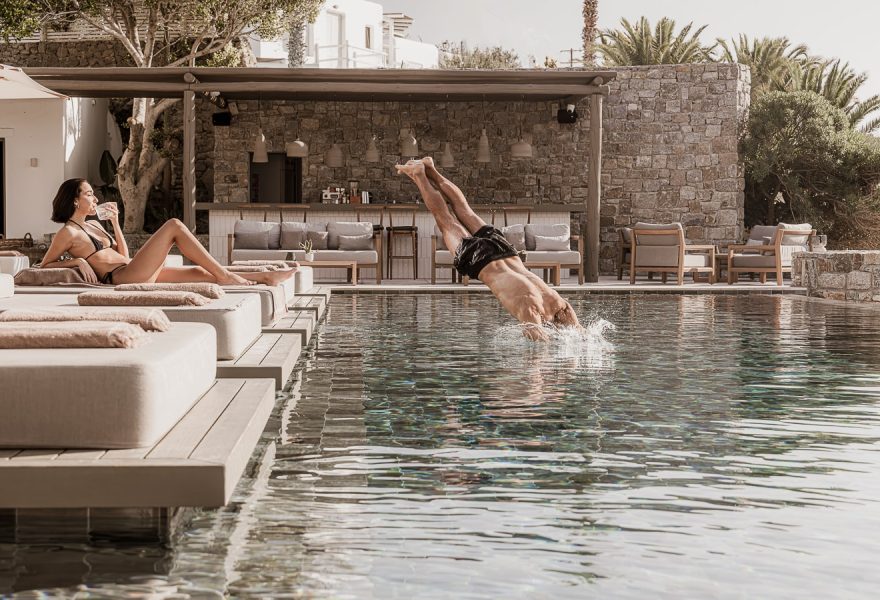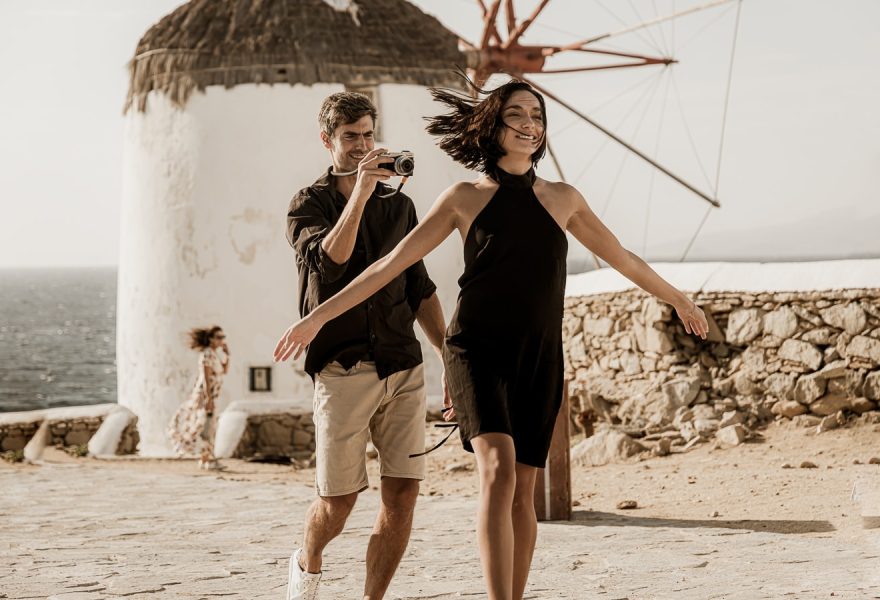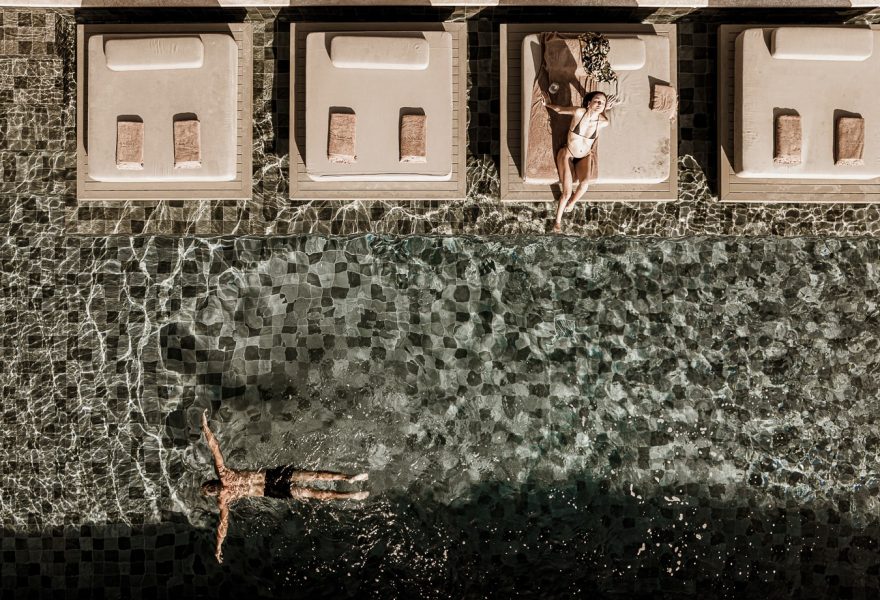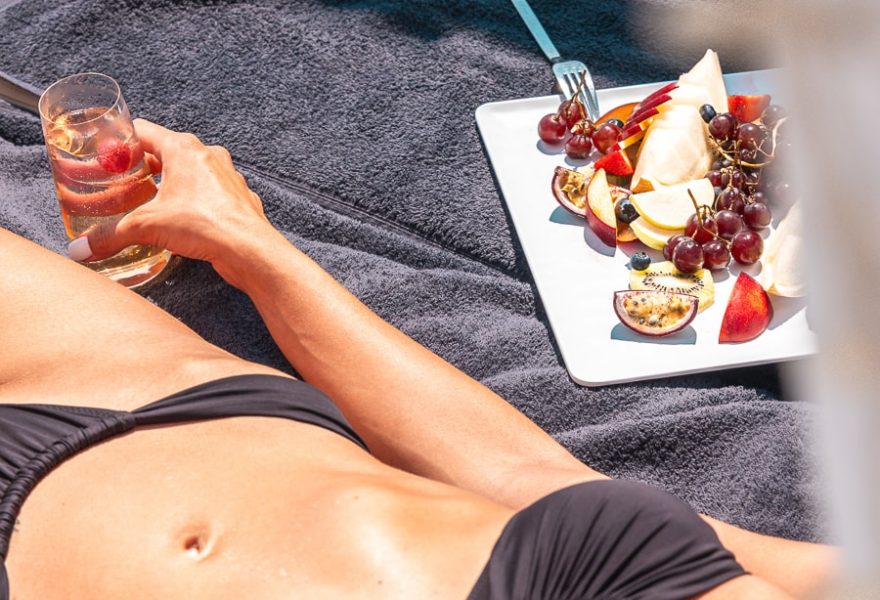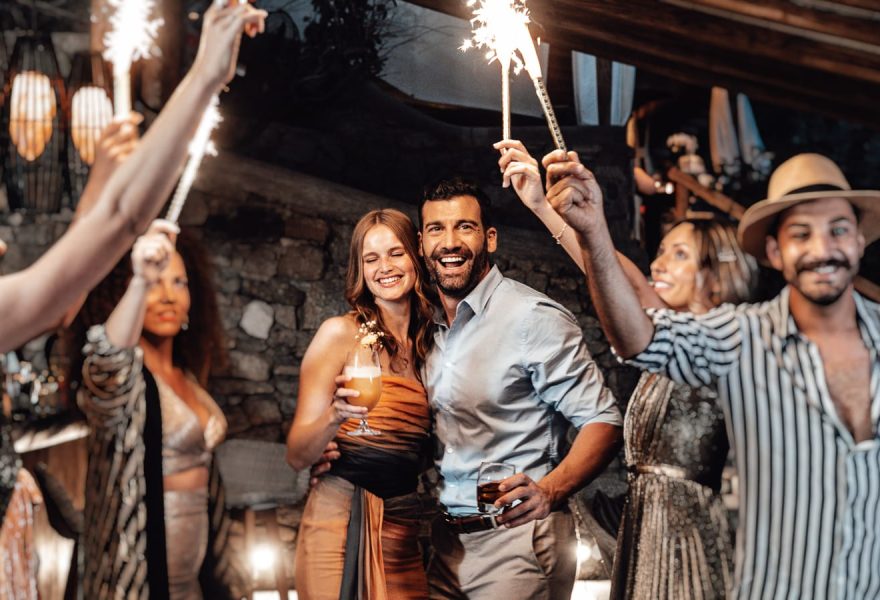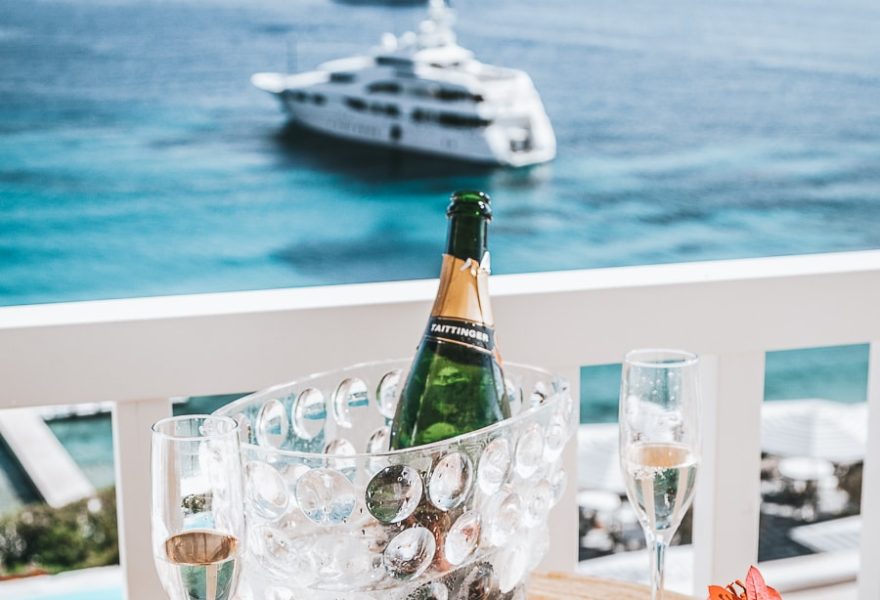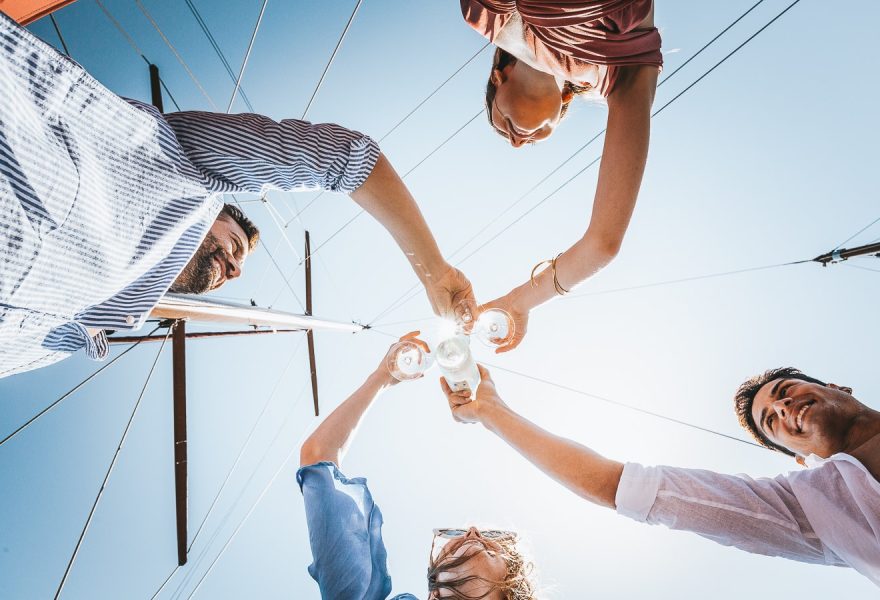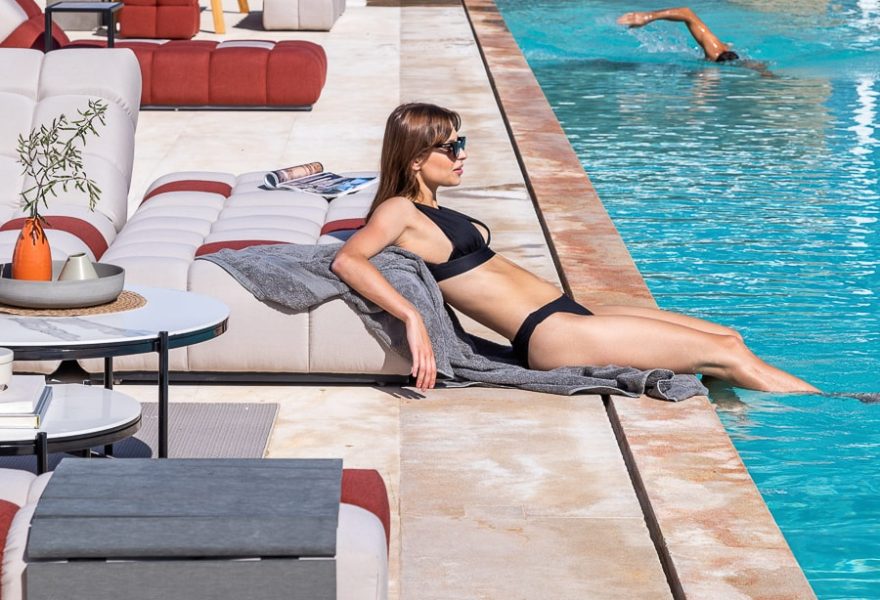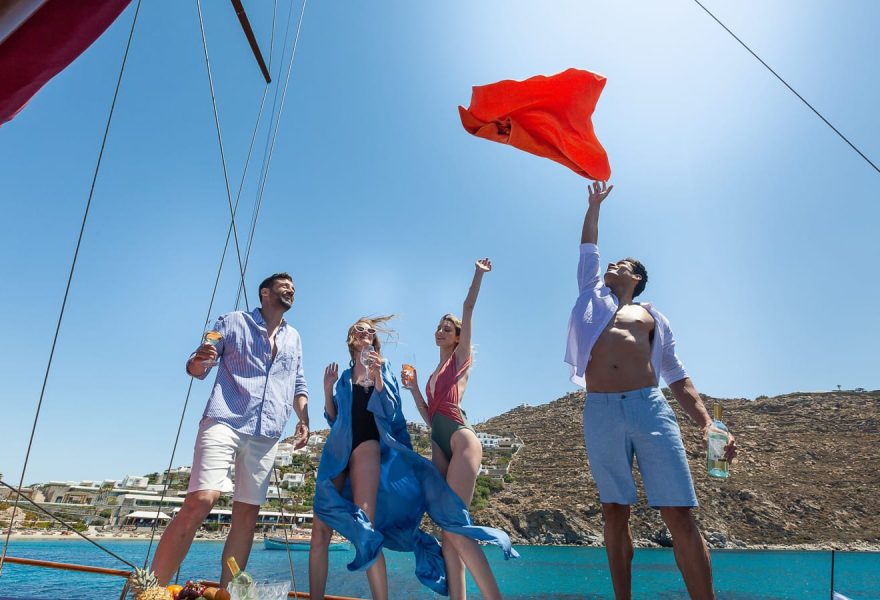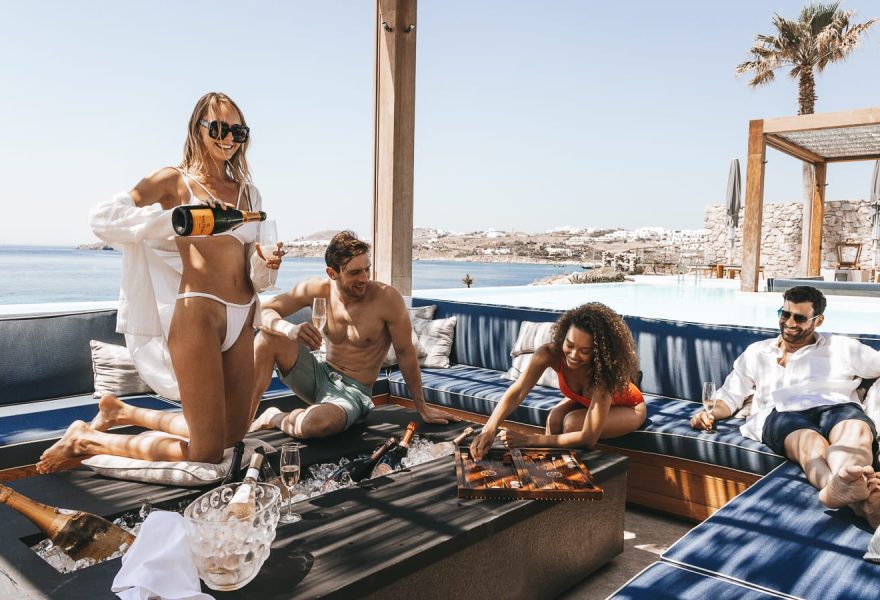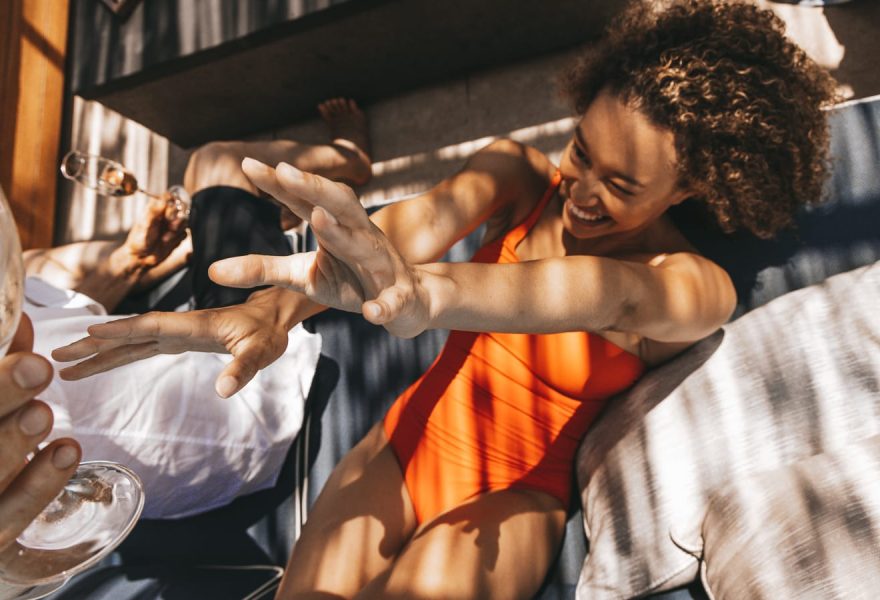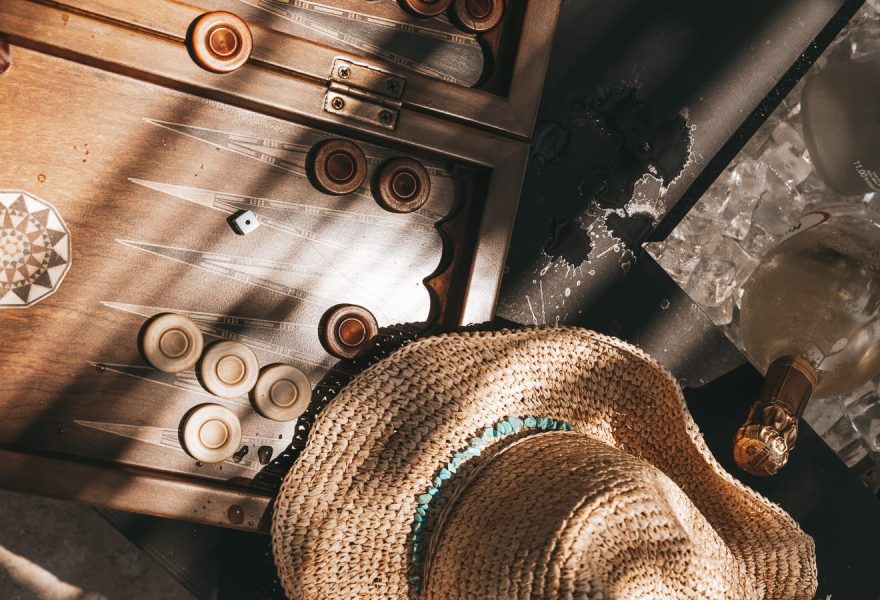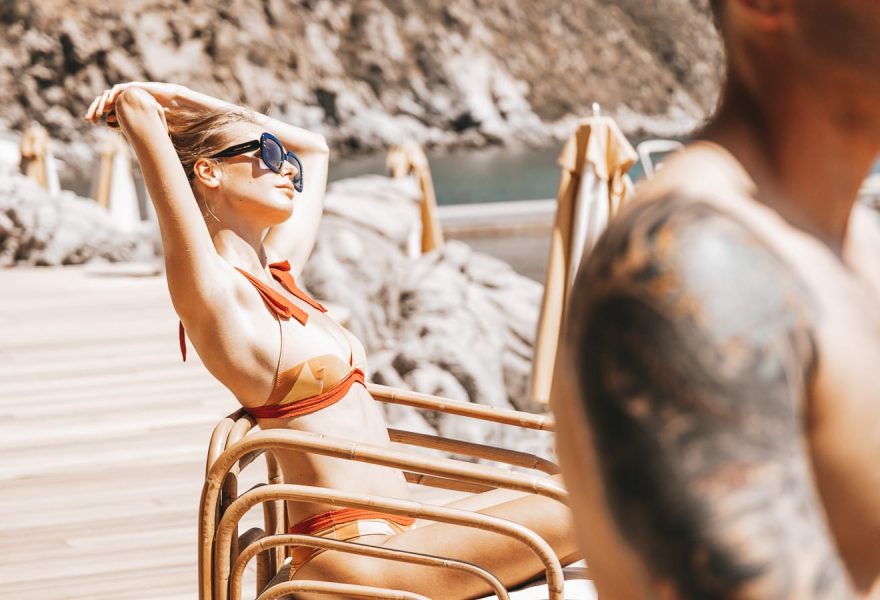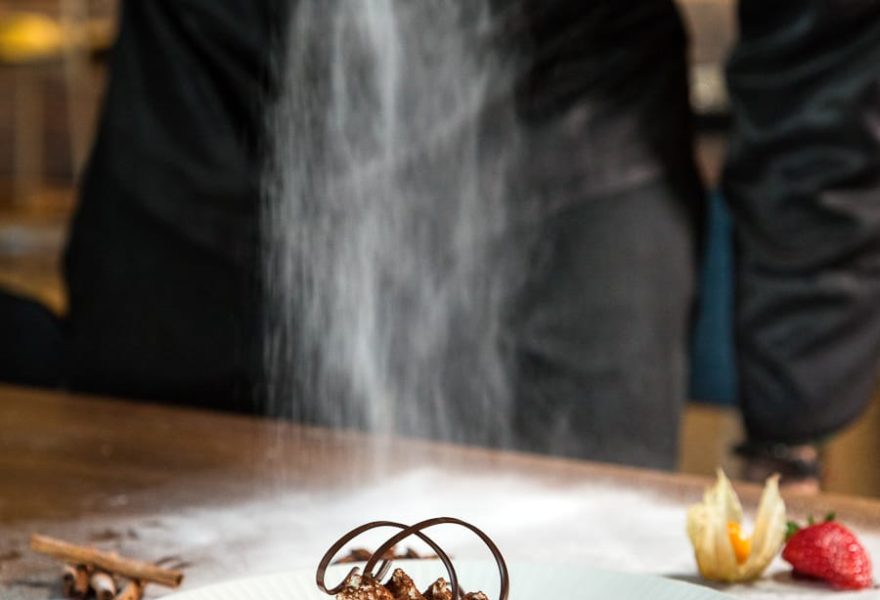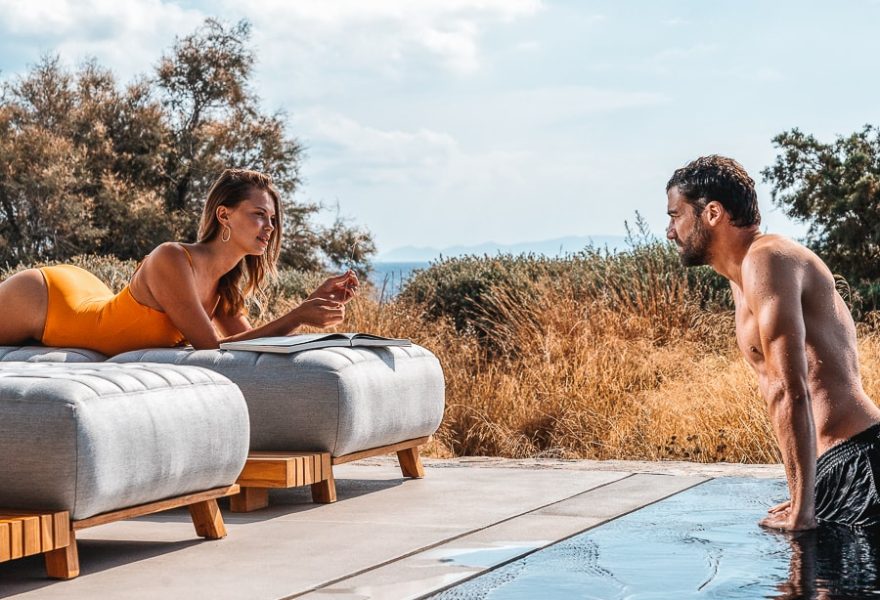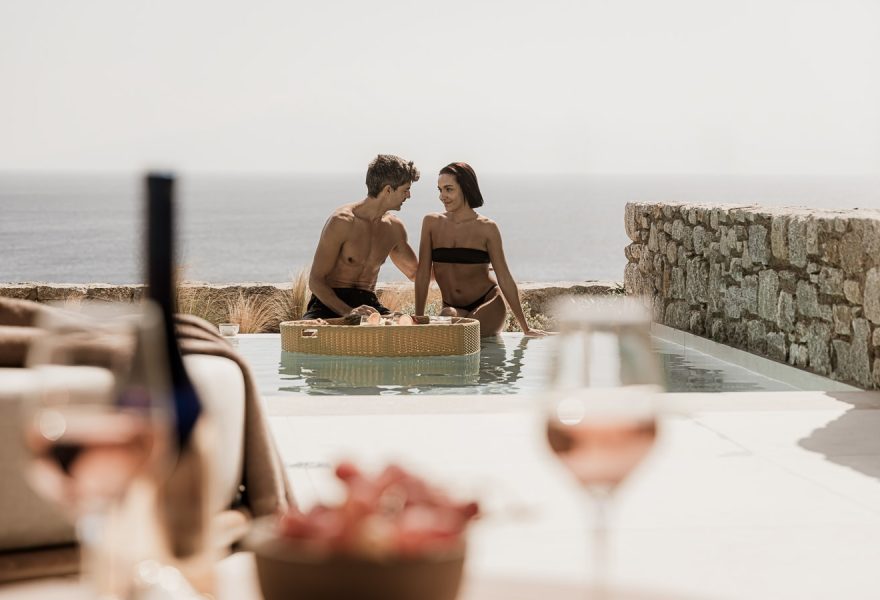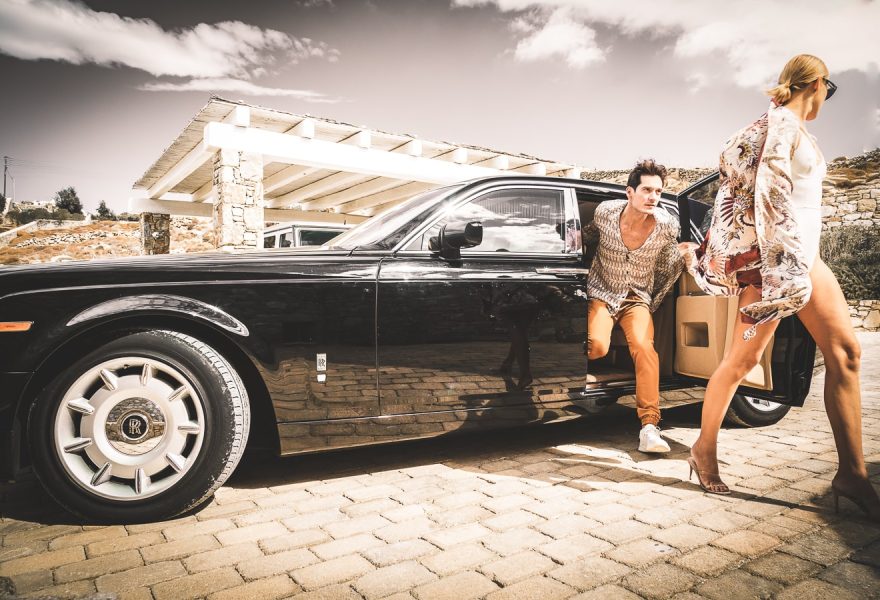Hotel Photography GUIDE for Hotels and Photographers. Planning, Tips, Gear, Troubleshooting and Q&A
A Blog Post by George Fakaros
Professional Hotel Photographer Worldwide
Welcome to our comprehensive guide on Hotel Photography.
Whether you’re a hotel manager/owner, professional photographer or just starting out your career in photography, this blog post will cover everything you need to know about capturing stunning images of hotels.
From essential gear to best practices and handling common challenges, we’ve got you covered!
For Hotels: Selecting a Photographer
Selecting the right Hotel Photographer is the most significant initial step.
Aside from having a great deal of experience and photography abilities, the ideal photographer should also have a thorough awareness of the visual presentation that hotels should strive for.
The photographer needs to be technically proficient as well as artistically inclined in order to capture your brand in stunning photographs that tell your company’s narrative and make an emotional connection with prospective customers.
A comprehensive briefing need to occur once you have selected a photographer. A well-defined goal, brand values, target audience, shot list, timeline, and possible usage of models should all be part of this.
Consider bringing in a stylist if you’re after lifestyle shots. To style the models and provide direction and assistance with styling throughout the session. This is something that the photographer may usually arrange when collaborating with different stylists, depending on the goal of the session.
Here is a complete list of the steps after the selection of the right hotel photographer:
1. Teleconference or in person meeting with the Hotel
Prior to the photo shoot, a detailed meeting is carefully organized between the hotel management and the photography team. This important meeting provides a valuable opportunity for both parties to have a productive conversation, discussing in depth the main goals of the upcoming photo shoot.
Additionally, suitable dates for the photo shoot are determined based on the availability of both parties and any scheduling constraints.
2. Define the Scope of the Photo Shoot
Once the objectives are established, the scope of the photo shoot is defined.
This includes identifying the specific areas of the hotel to be photographed, such as guest rooms, lobby, restaurant, pool area, and exterior spaces.
Any special requirements or preferences for the photo shoot, such as preferred angles, lighting conditions, or styling guidelines, are also discussed and documented.
3. Creating a Shot List and Timeline
A detailed shot list is created in collaboration with the hotel management.
The shot list outlines the desired images or videos to be captured during the photo shoot, including specific scenes, compositions, and angles.
A timeline is established to ensure that the photo shoot stays on schedule and that all shots are captured within the allocated time frame.
4. Photo Shoot Producer/Contact Person (Planning & Logistics)
A dedicated photo shoot producer or contact person is assigned from the hotel/company to oversee the planning and logistics of the photo shoot.
This individual serves as the main point of contact for the photography team and is responsible for coordinating all aspects of the shoot, from initial planning to post-production.
5. Photo/Video Shoot
The actual photo or video shoot takes place according to the agreed-upon timeline and shot list.
The photography team works closely with the designated contact person from the hotel to ensure that all logistical arrangements are in place and that the shoot runs smoothly.
6. Post Production (Images/Videos)
After the photo shoot is completed, post-production work begins.
This includes editing and retouching the images or videos to enhance their quality and visual appeal.
Any necessary adjustments, such as color correction or extensive retouch, are made to ensure that the final deliverables meet the desired standards.
7. Final Payment
Once the post-production work is finished and the final deliverables are ready, the hotel makes the final payment to the photography team.
Payment terms and conditions are typically outlined in the initial agreement or contract signed between both parties.
8. Delivery
Upon receiving the final payment, the photography team delivers the completed images or videos to the hotel.
Depending on the agreed-upon delivery method, the final deliverables may be provided in digital format.
These phases collectively ensure that the hotel photography project is executed smoothly and successfully, resulting in high-quality images or videos that effectively showcase the hotel’s offerings and enhance its marketing efforts.
For Photographers: Gear and Practices
1. Essential Gear for Hotel Photography:
– Camera: Choose a camera with a high-resolution sensor for crisp, detailed images.
– Lenses: Invest in a variety of lenses, including wide-angle for capturing expansive interiors and prime lenses for detail shots.
– Tripod: Essential for stability, especially in low light conditions.
– Lighting: Consider bringing external lighting equipment for added control over lighting conditions.
– Accessories: Don’t forget extra batteries, memory cards, and lens cleaning kits.
2. Best Practices for Hotel Photography:
– Scout the Location: Familiarize yourself with the hotel layout and identify key shooting locations.
– Time of Day: Opt for early morning or late afternoon for soft, flattering light.
– Composition: Use leading lines and symmetry to create visually appealing compositions.
– Attention to Detail: Highlight unique features and amenities that set the hotel apart.
– People in the Frame: Consider including models or staff to add life and context to your photos.
3. Lifestyle photography for hotels
Lifestyle photography is a versatile and dynamic genre that aims to capture genuine moments, experience, emotions and interactions in everyday life.
Unlike traditional portraiture, which often involves posed shots in a studio setting, lifestyle photography takes a more candid and documentary approach, seeking to portray people in their natural environment and authentic state.
One of the key characteristics of lifestyle photography is its focus on storytelling.
Through carefully composed images, photographers aim to weave a narrative, offering viewers a glimpse into their experience within the living spaces of the hotel.
4. Dealing with Common Problems:
– Overcoming Clutter: Use selective framing and careful composition to minimize clutter.
– Handling Reflections: Position yourself strategically to avoid unwanted reflections in glass surfaces.
– Managing Dynamic Range: Bracket exposures or use HDR techniques to capture details in both highlights and shadows.
– Addressing Color Casts: Use custom white balance settings or adjust colors in post-processing to correct color casts.
Questions and Answers
Q: What are the key elements to consider when planning a hotel photo shoot?
A: When planning a hotel photo shoot, it’s essential to consider factors such as the weather, desired aesthetic, target audience, key selling points of the property, and any specific features or amenities to highlight.
Q: How can I ensure that my hotel photographs stand out from the competition?
A: To make your hotel photographs stand out, focus on capturing unique angles, highlighting distinctive features, and conveying the overall ambiance and experience of the property. Utilize professional lighting and editing techniques to enhance the visual appeal of your images.
Q: What are some common challenges faced during hotel photography shoots?
A: Some common challenges during hotel photography shoots include managing lighting conditions, staging rooms and spaces effectively, dealing with clutter or distractions, and coordinating with hotel staff and guests to minimize disruptions.
Q: How can I troubleshoot common issues encountered during a hotel photo shoot?
A: To troubleshoot common issues during a hotel photo shoot, be prepared to adapt to changing conditions, communicate effectively with the photography team and hotel staff, and utilize creative solutions to overcome challenges. For example, use additional lighting equipment to address poor lighting conditions or rearrange furniture to improve the composition of shots.
Q: What role does post-production play in hotel photography?
A: Post-production is a critical step in hotel photography, involving editing and retouching images to enhance their quality and visual appeal. This may include adjustments to color grading, exposure, contrast, and composition, as well as removing any imperfections or distractions.
Q: How can I ensure that my hotel photographs effectively showcase the property to potential guests?
A: To ensure that your hotel photographs effectively showcase the property, focus on highlighting its unique features, amenities, and ambiance. Use a mix of wide-angle shots to provide context and detail shots to highlight specific elements. Consider incorporating lifestyle images that convey the guest experience and evoke an emotional response.
Q: What are some tips for photographing outdoor hotel spaces?
A: Plan your shoot during the golden hours of sunrise or sunset when the natural light is soft and warm, creating a flattering glow on the landscape. Highlight landscaping, pools, and outdoor seating areas to showcase the hotel’s amenities.
Conclusion:
By utilizing the appropriate equipment, employing effective techniques, and honing your problem-solving abilities, you can become a master of hotel photography and create breathtaking images that leave a lasting impression.
Happy shooting!

